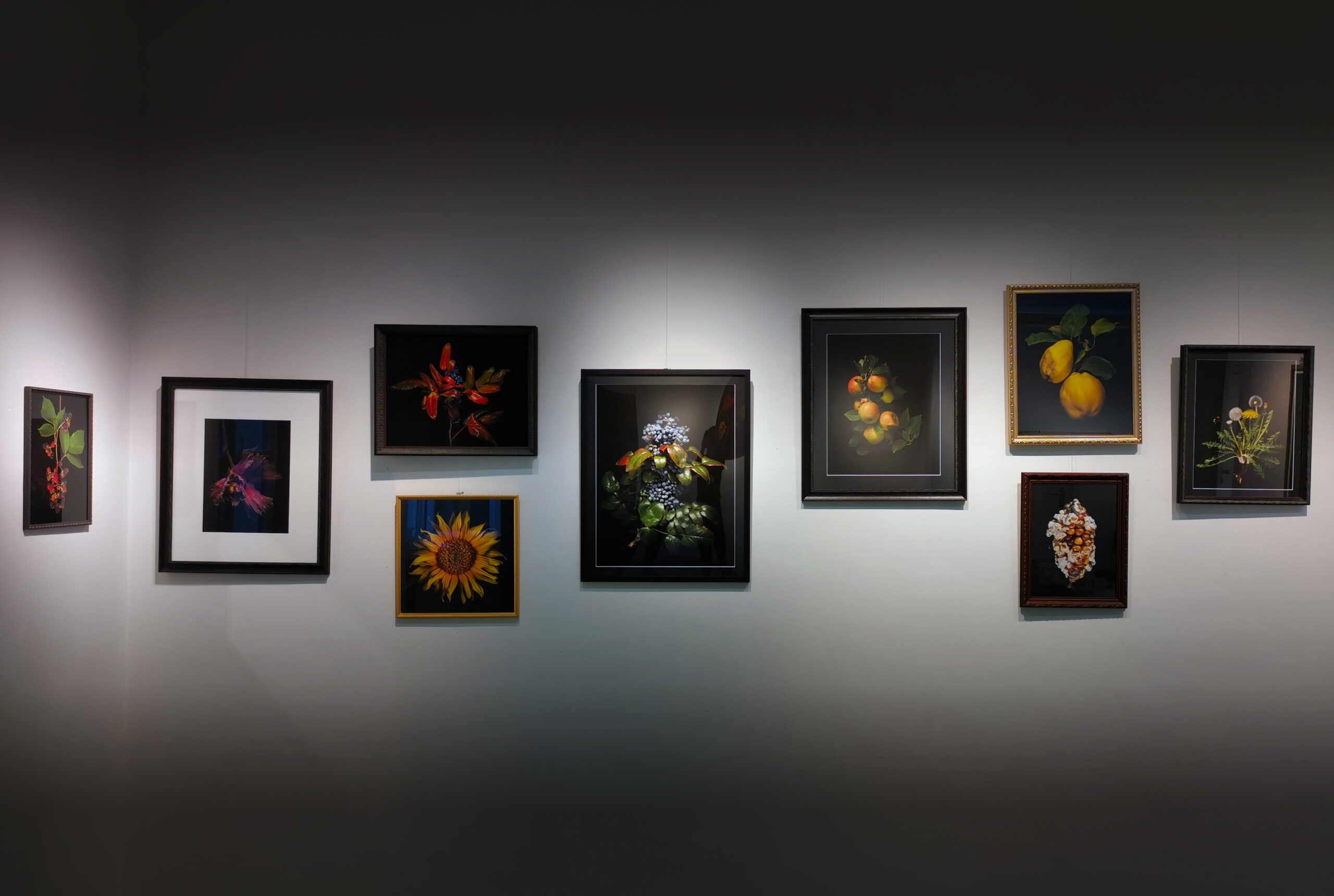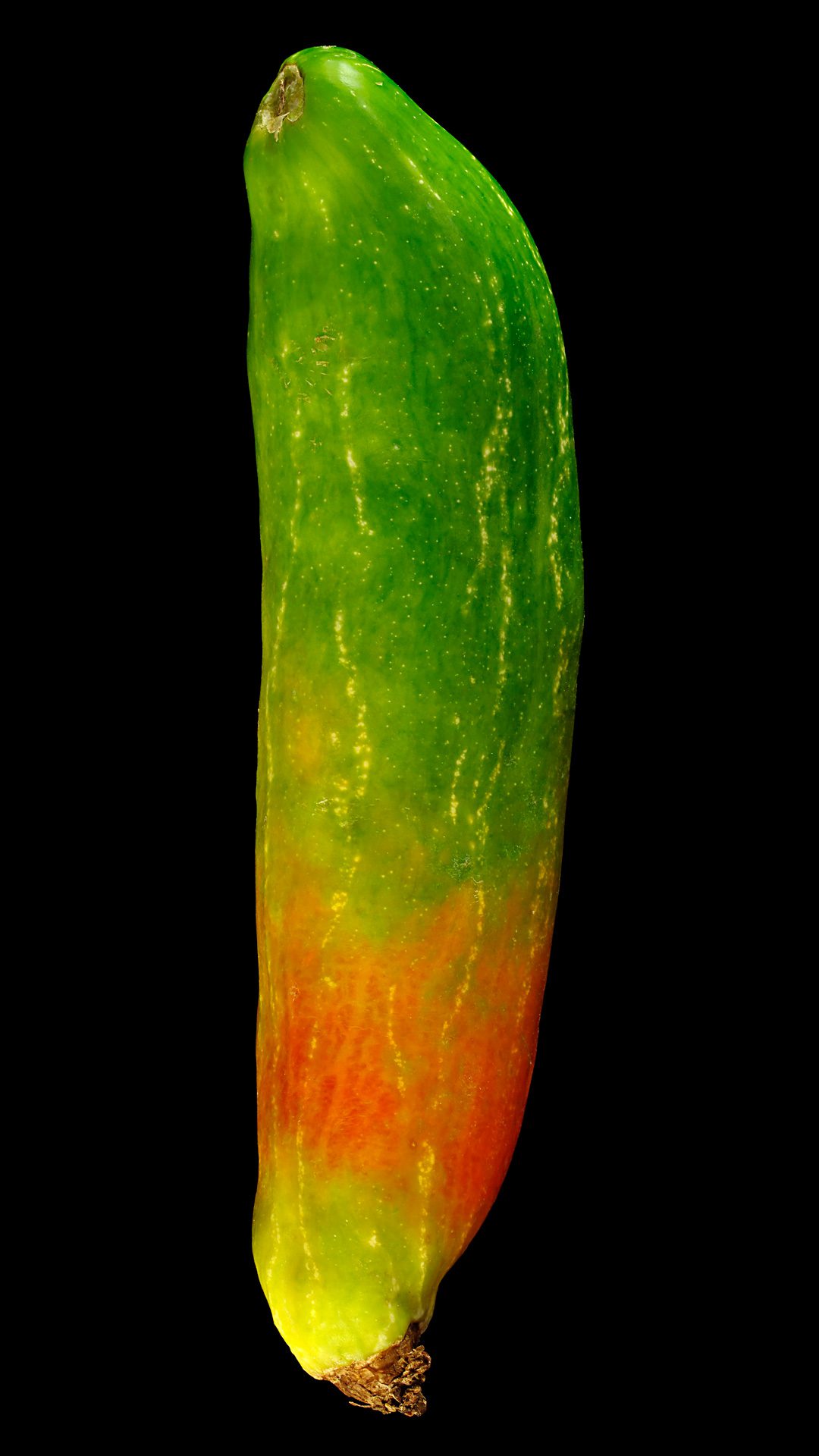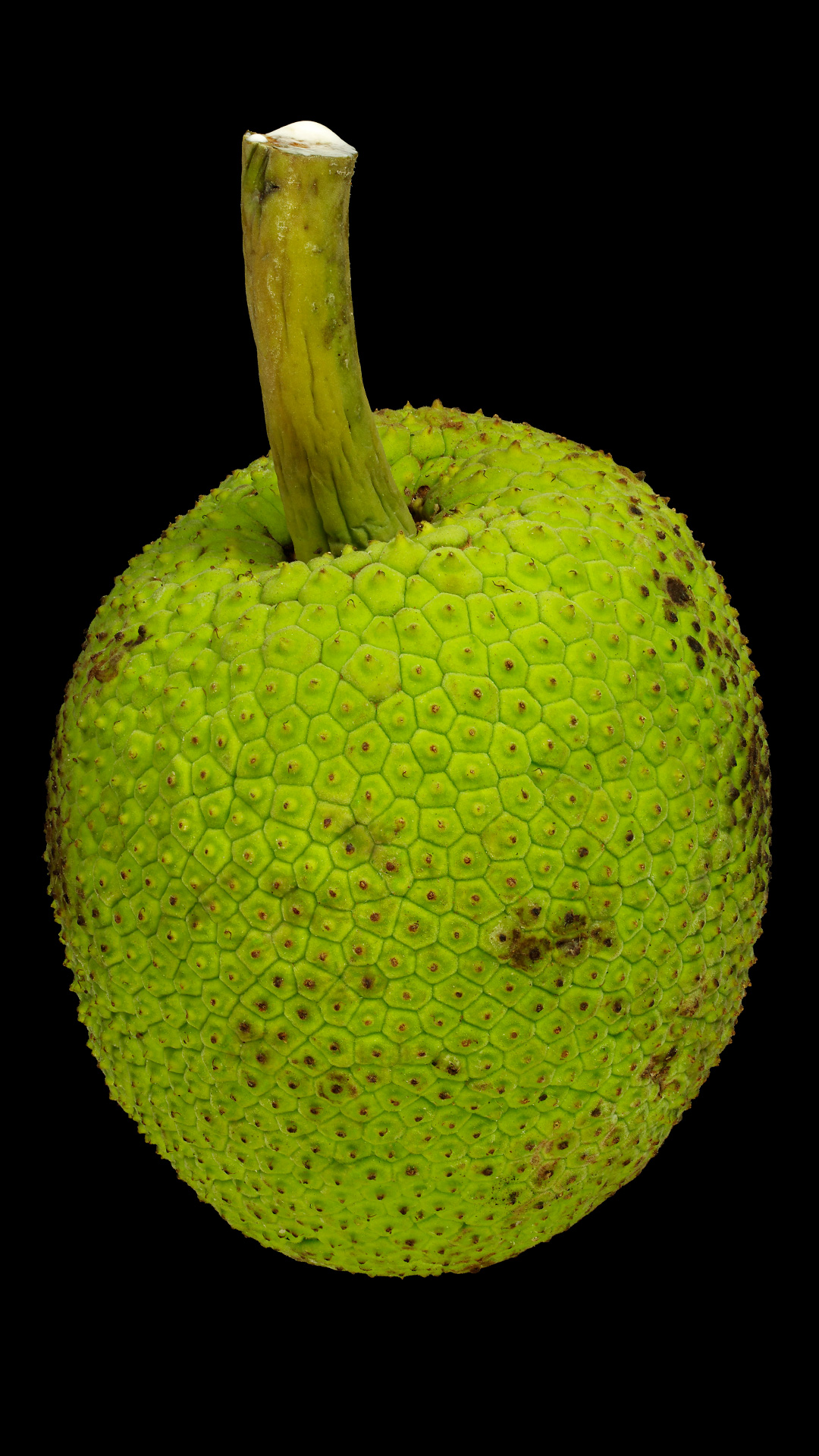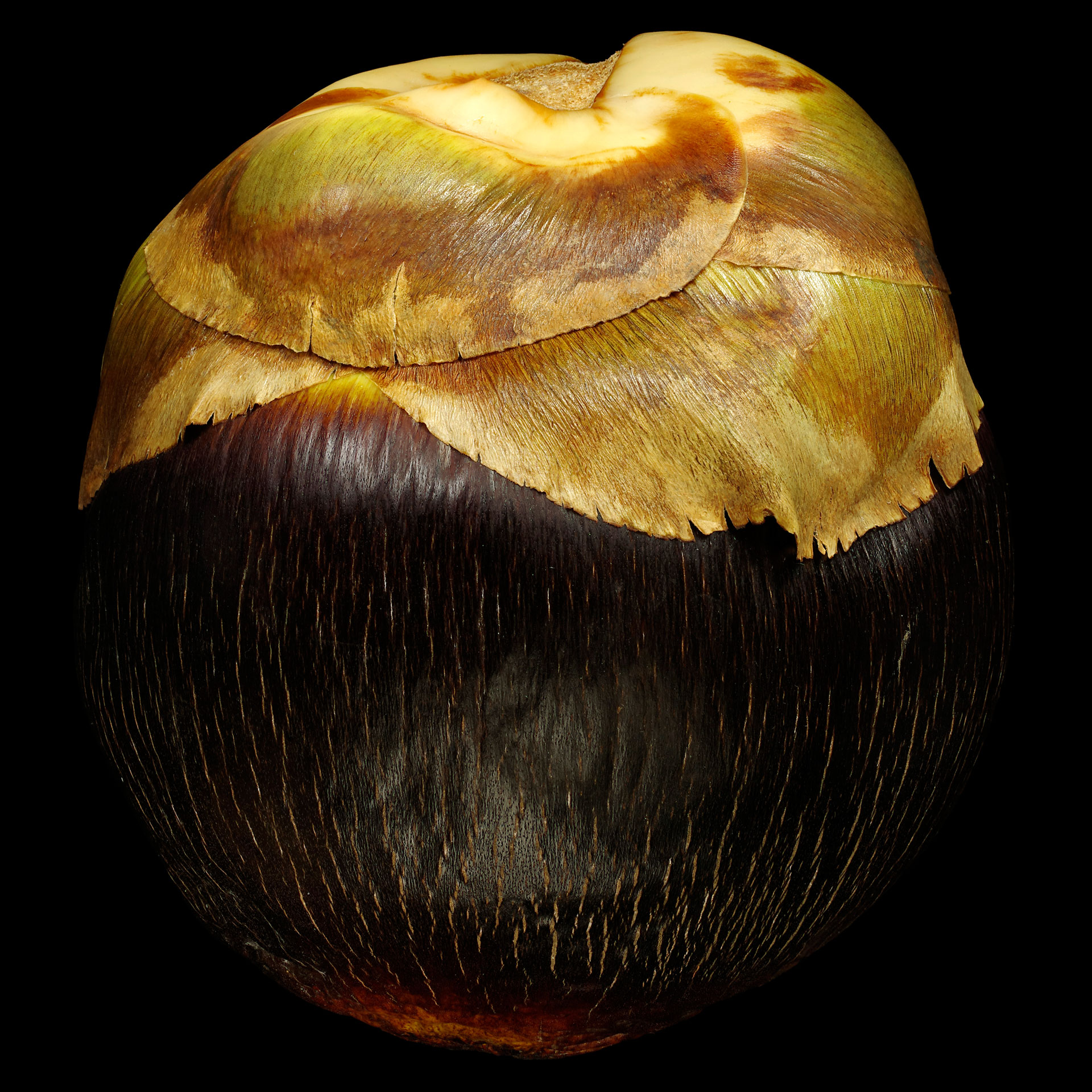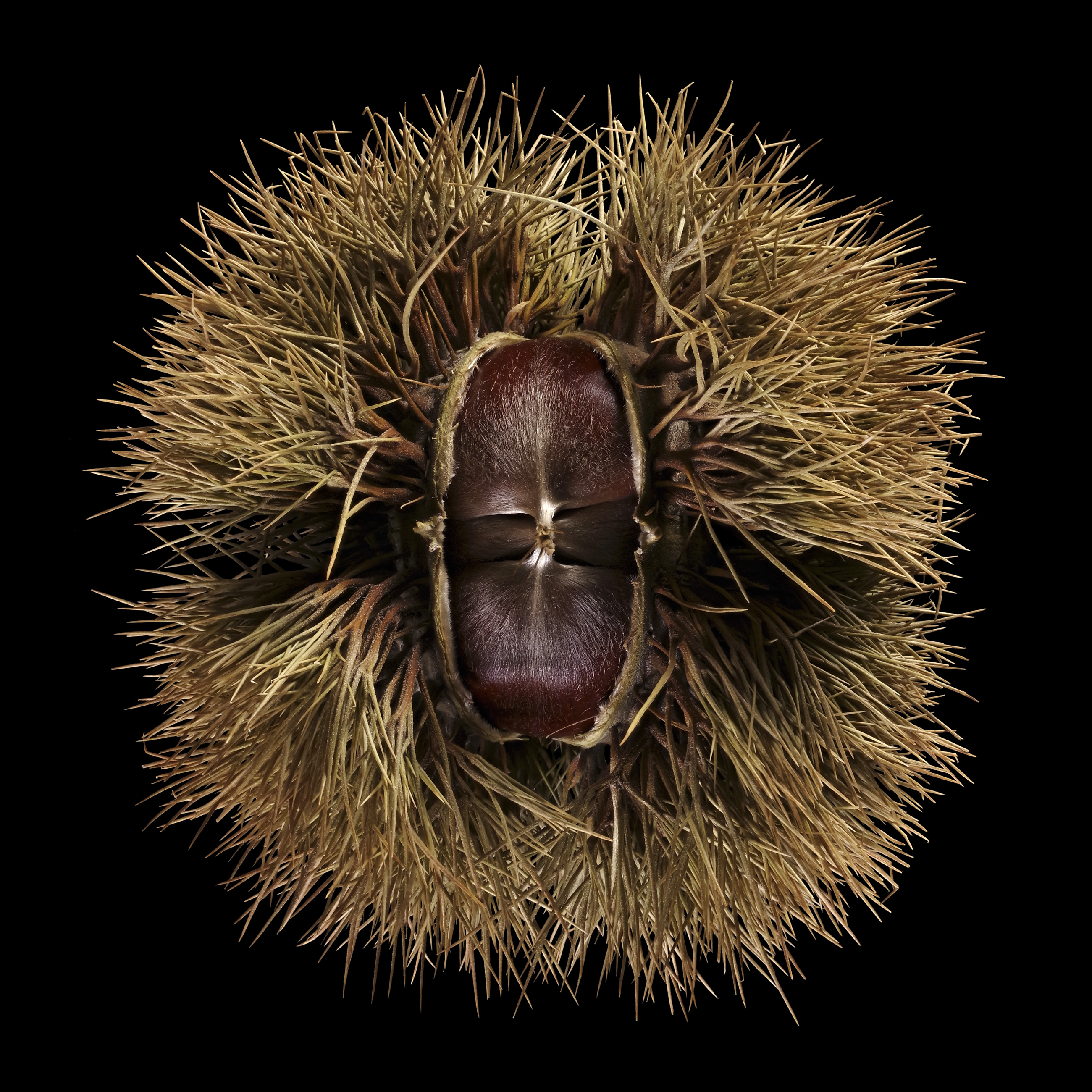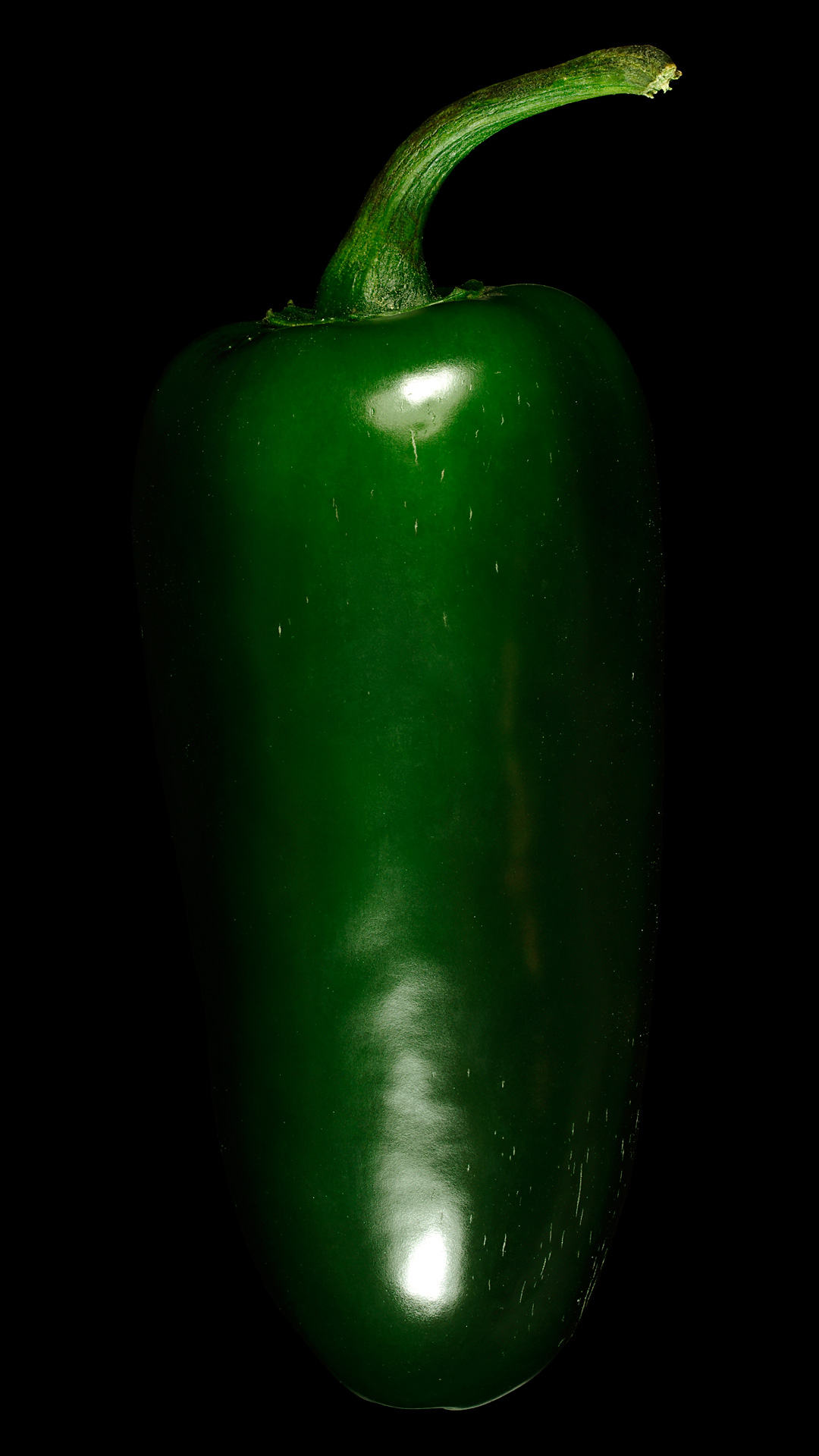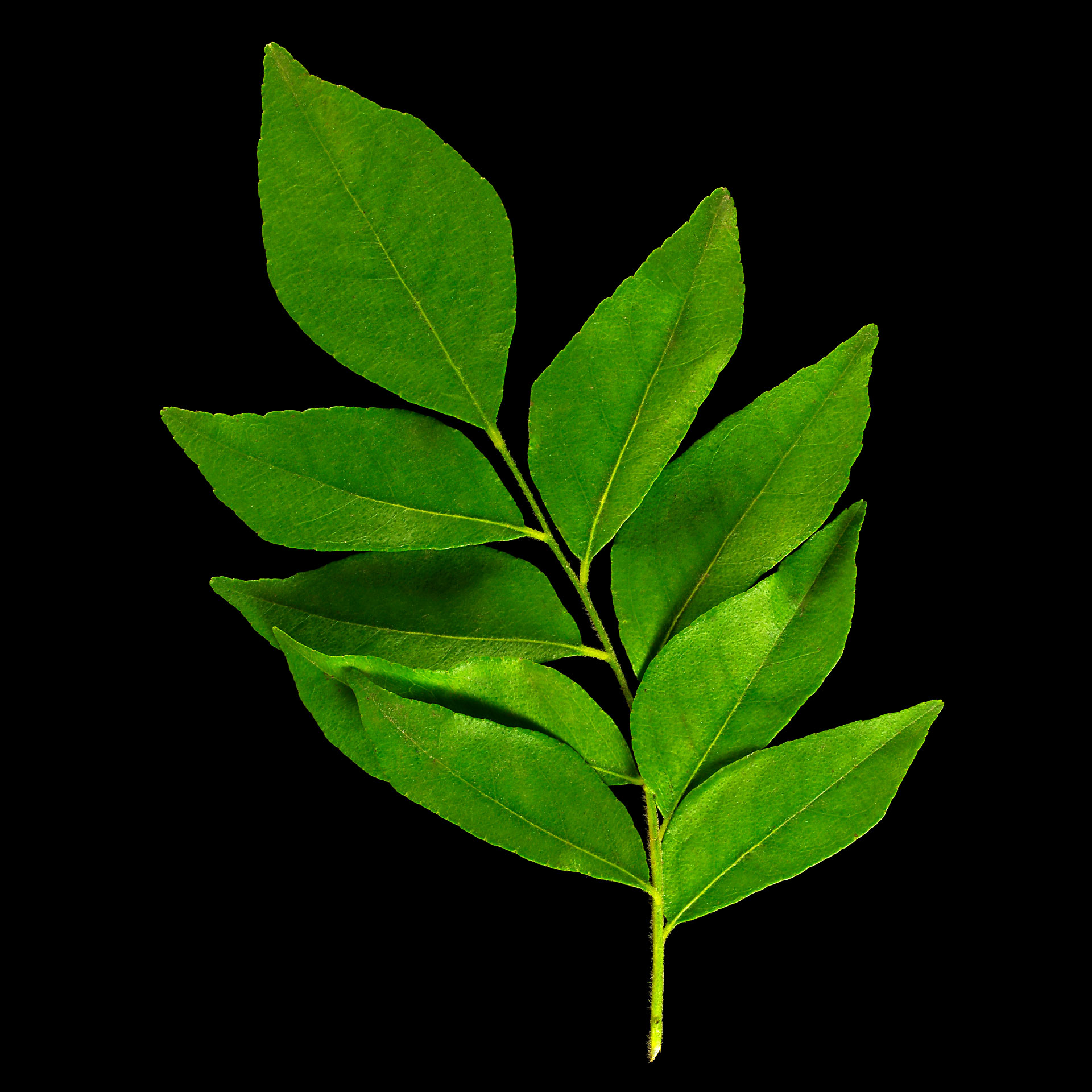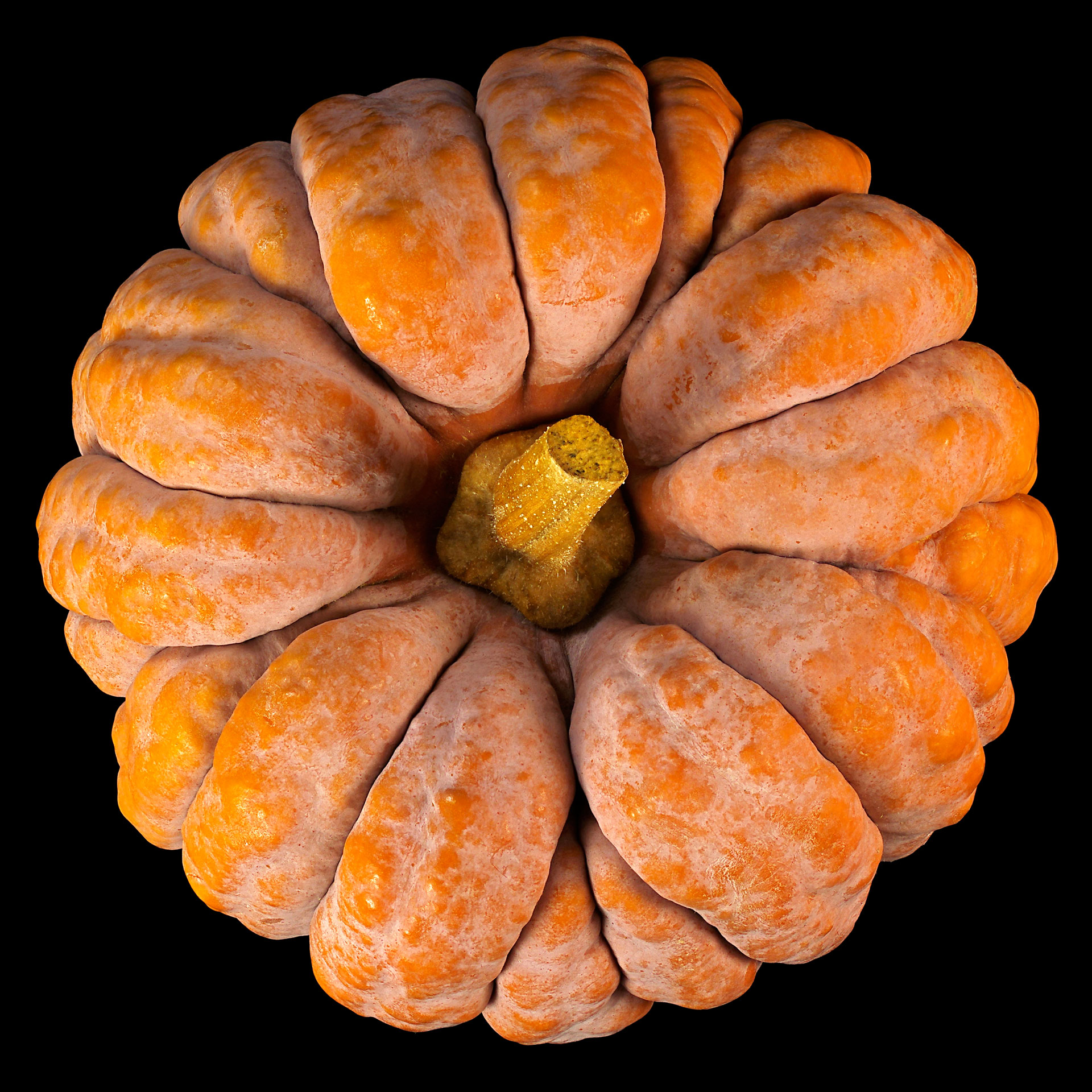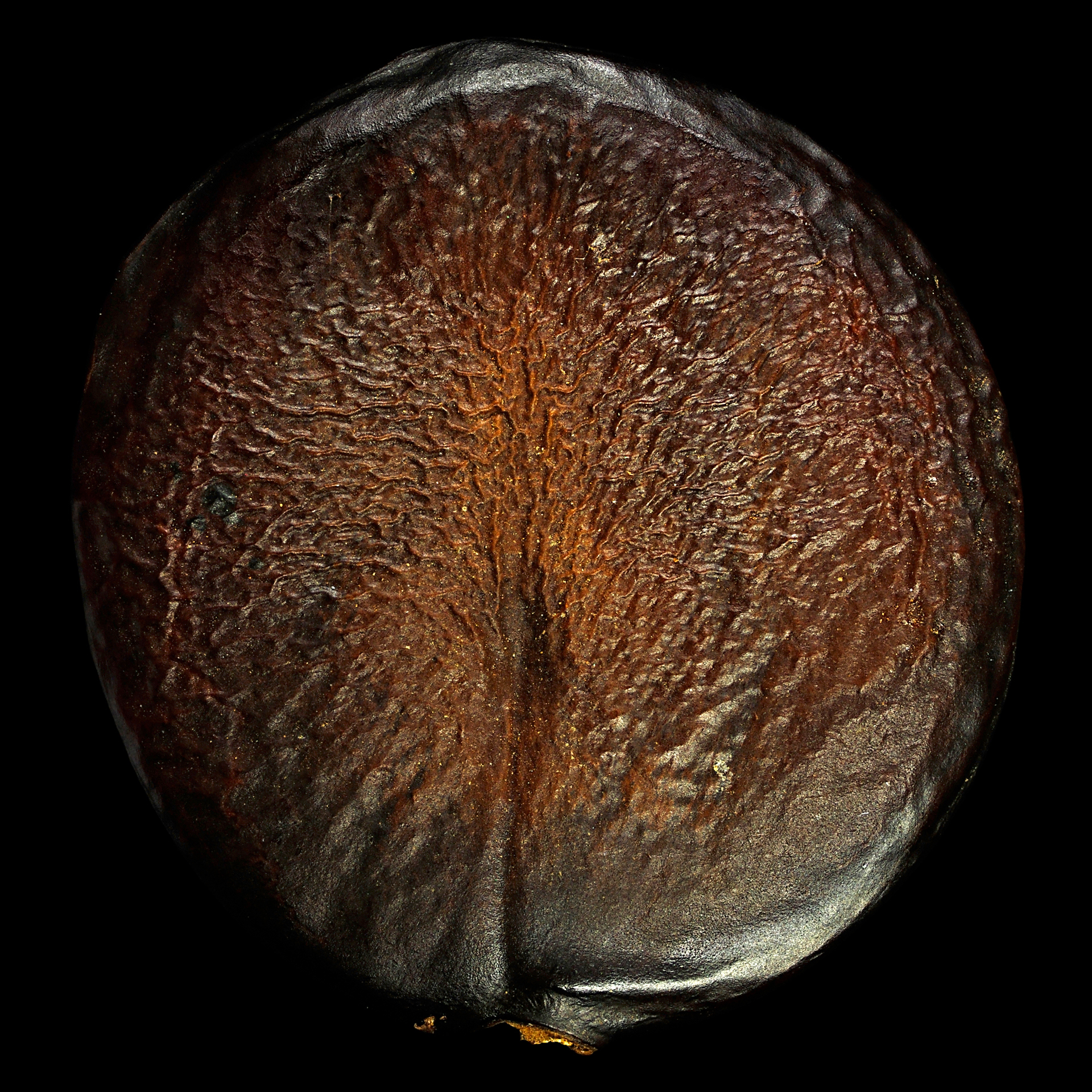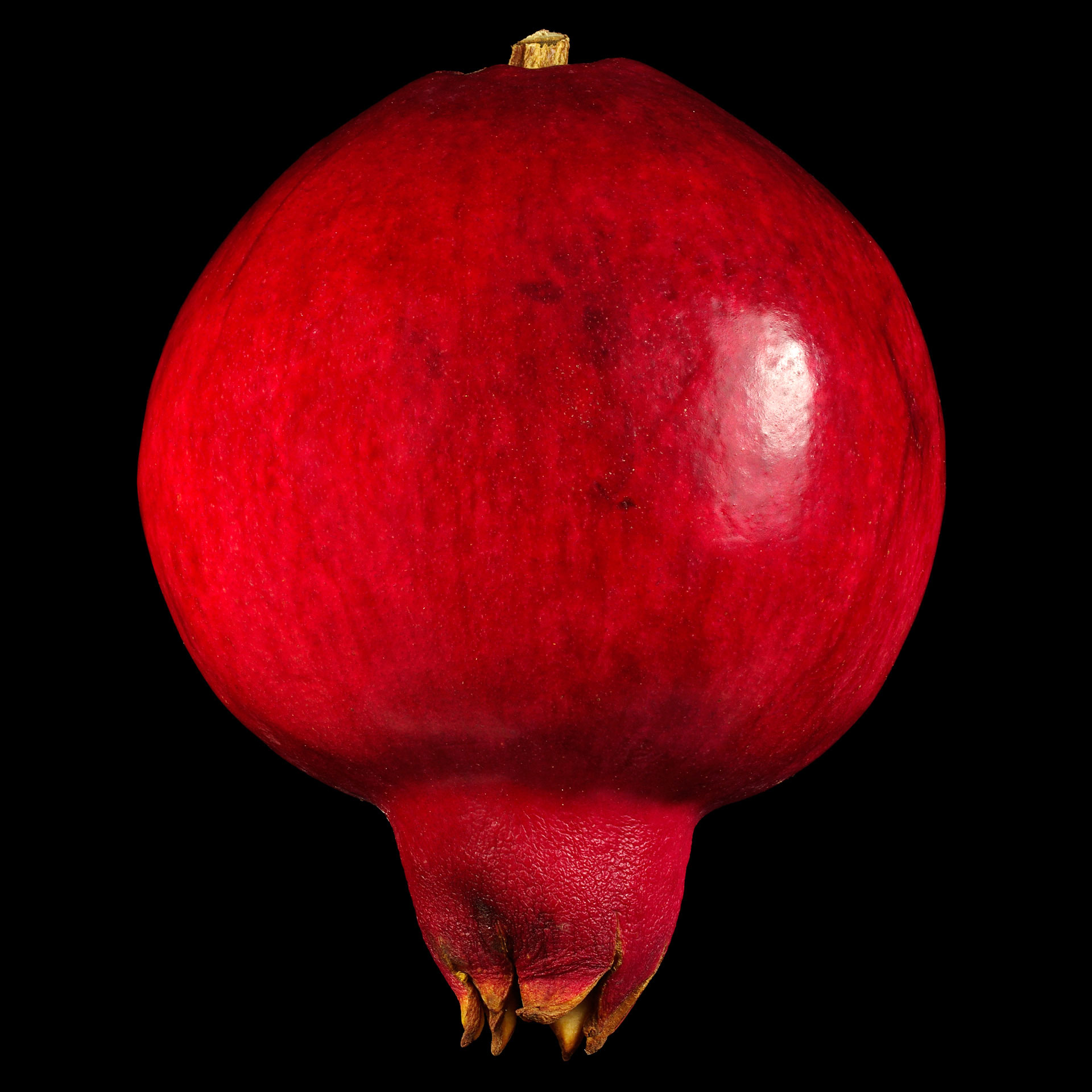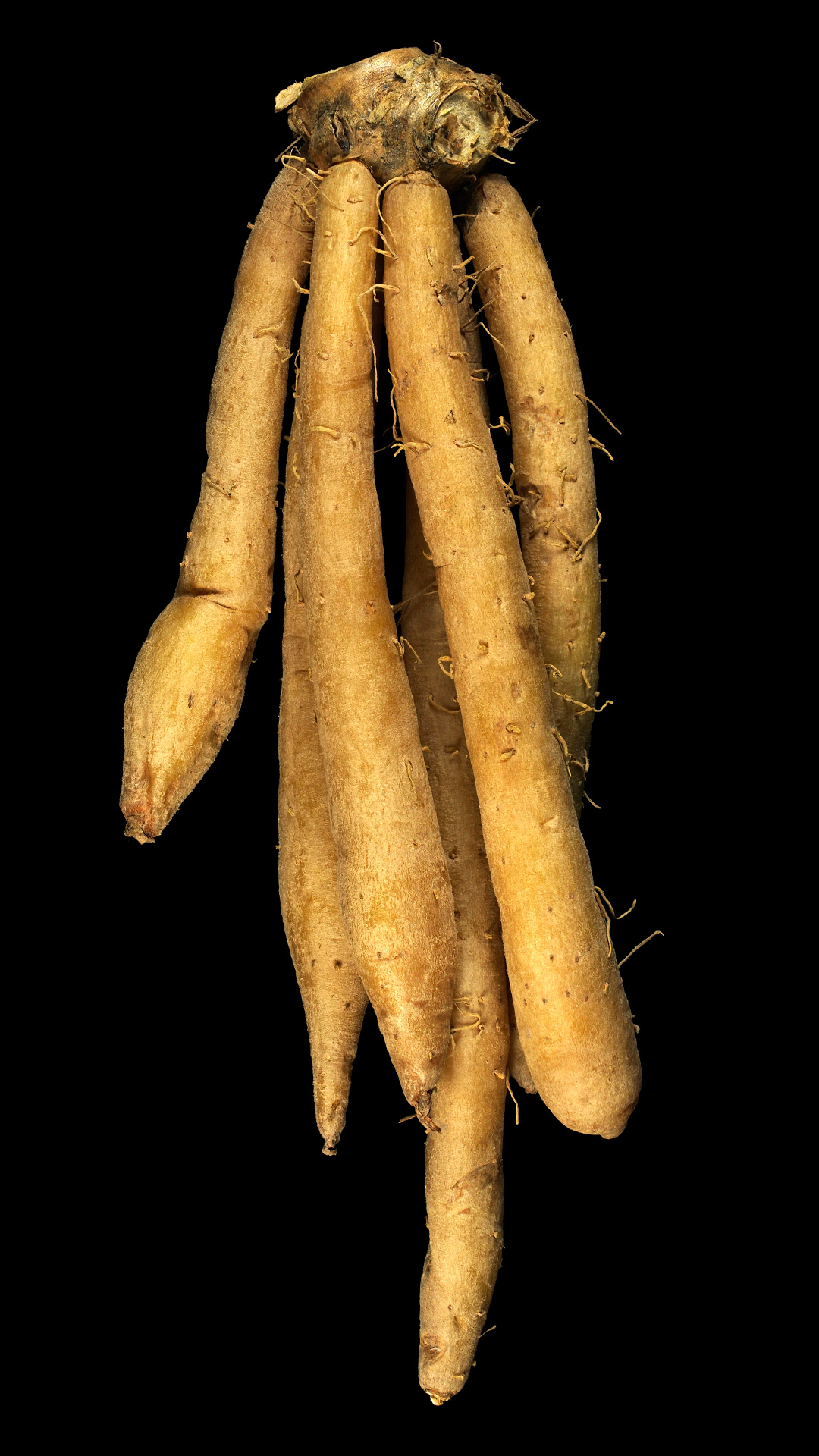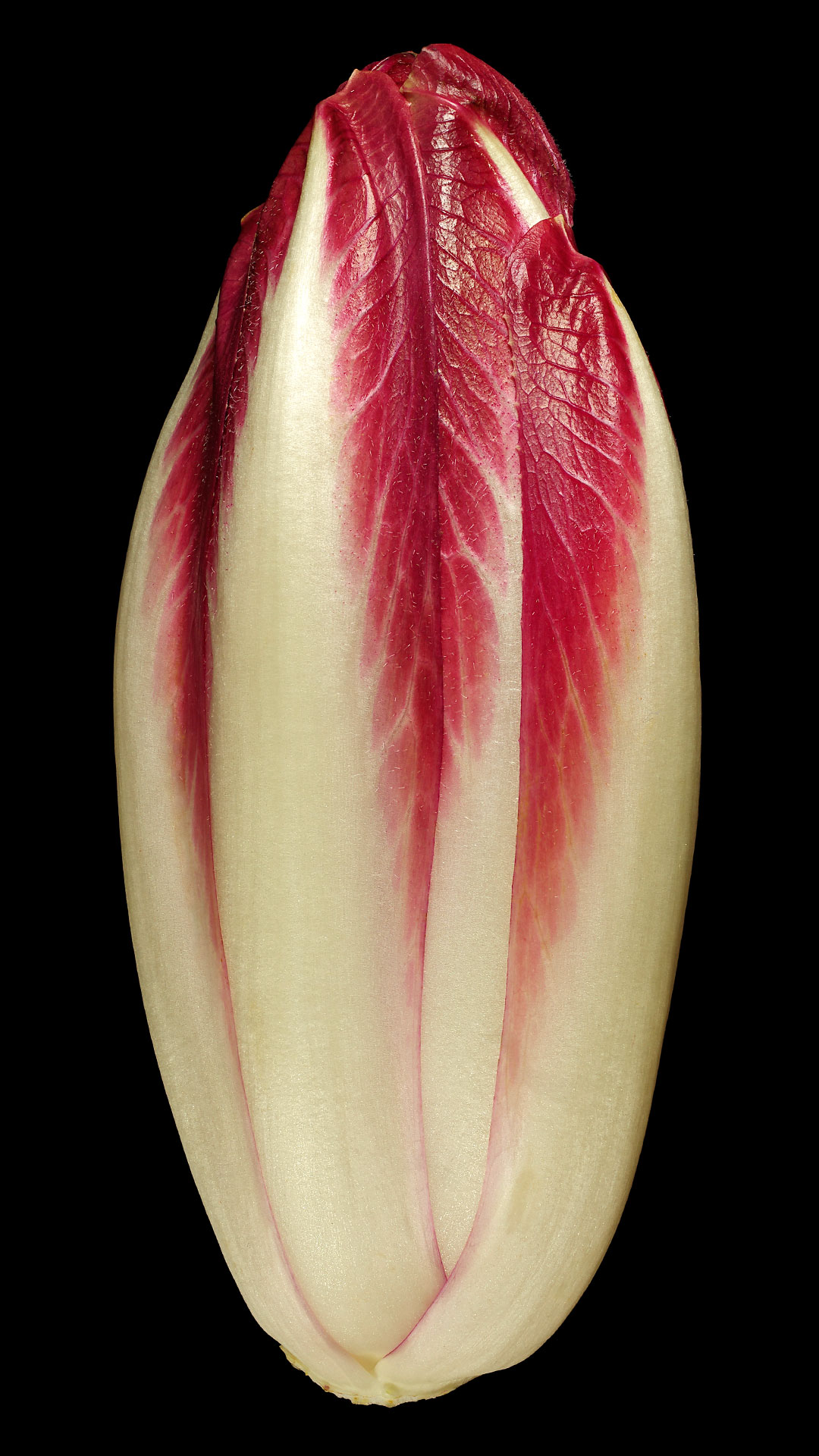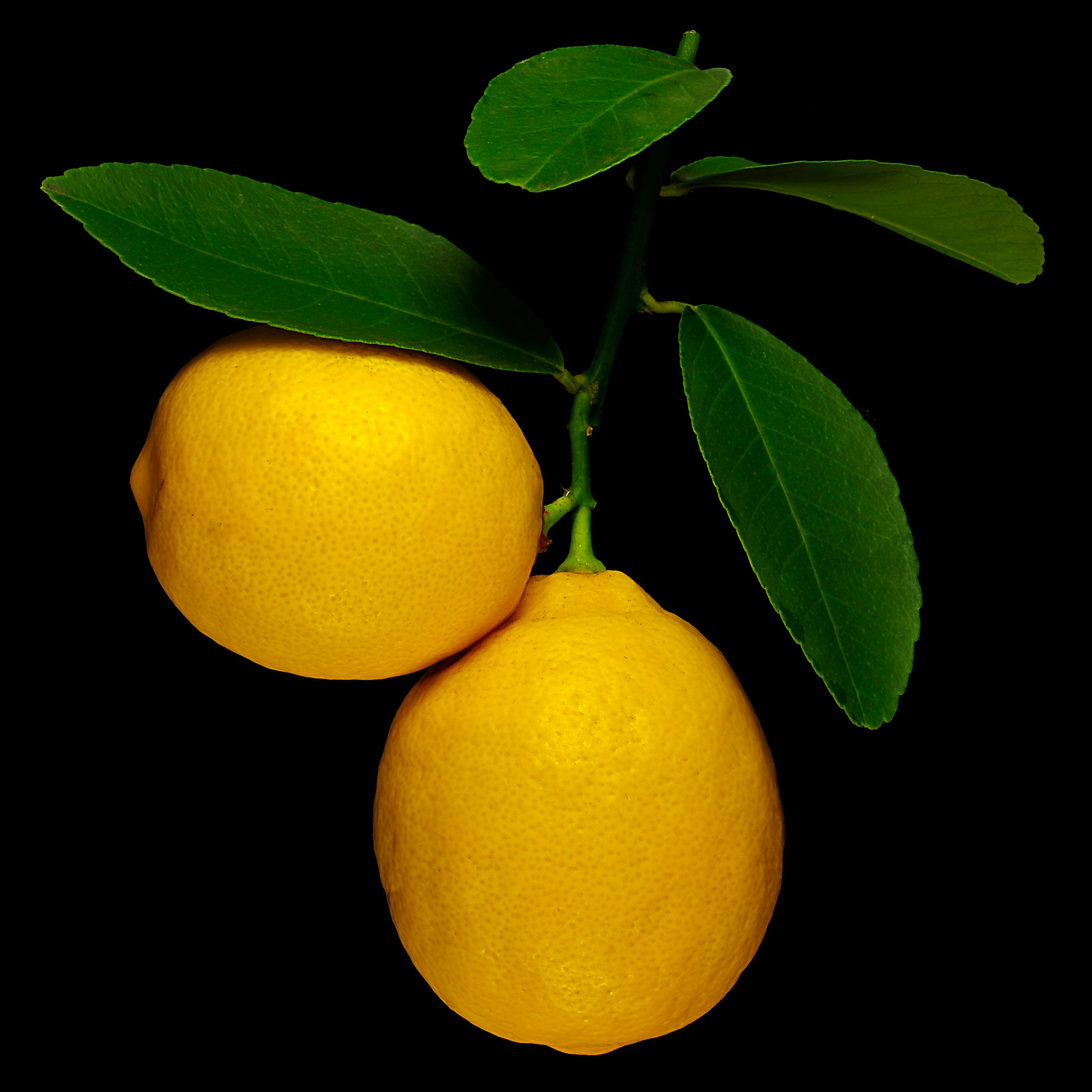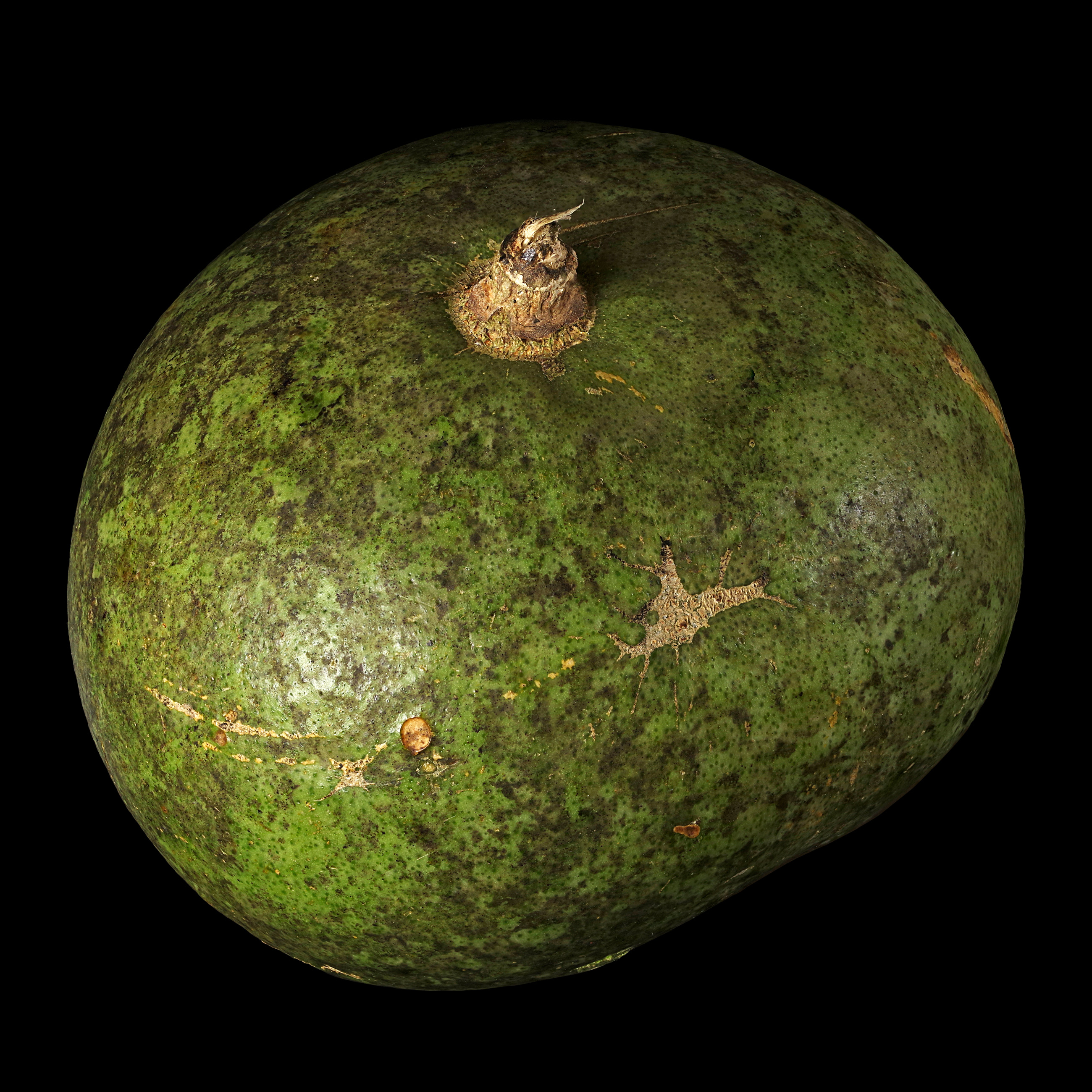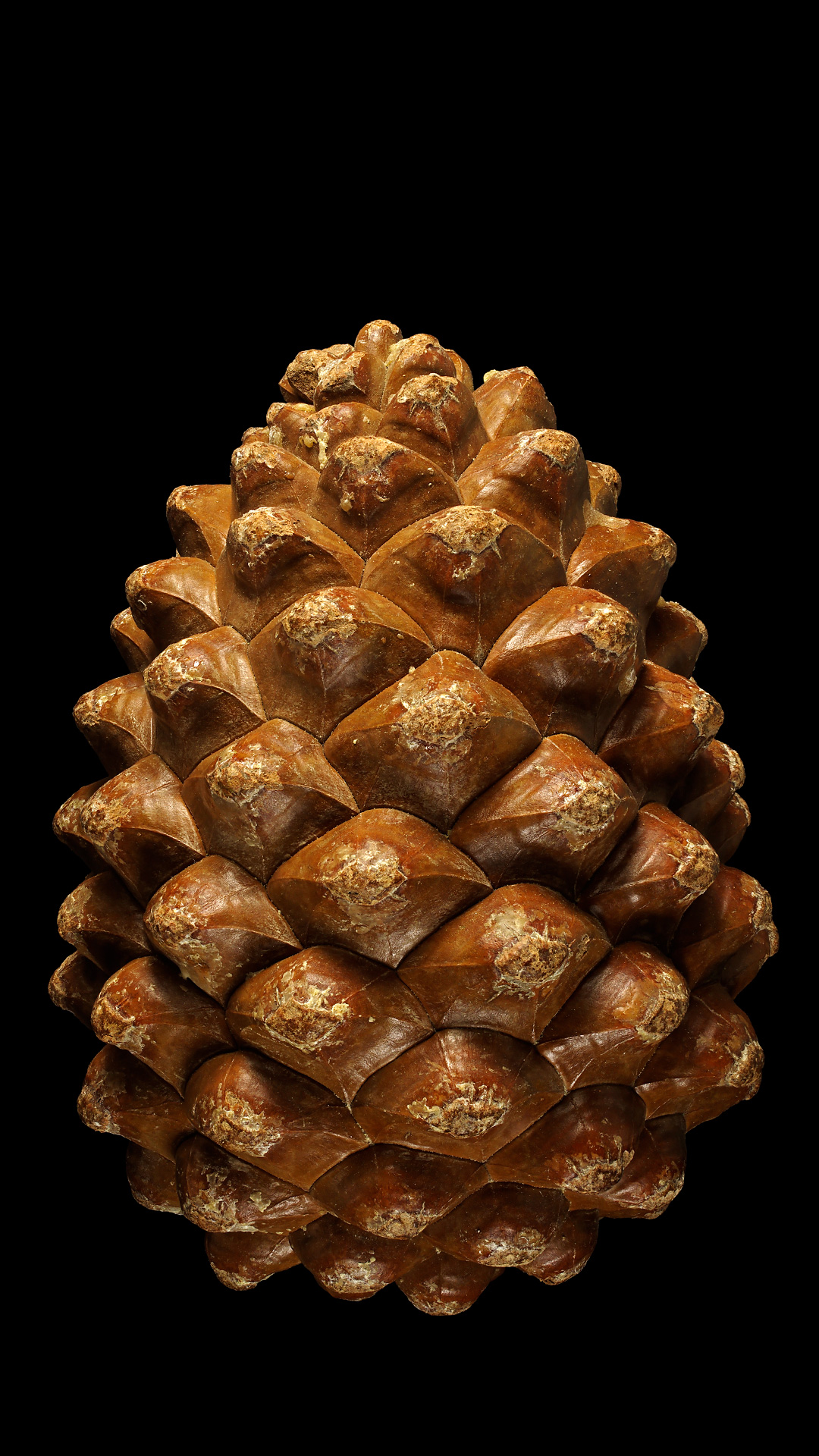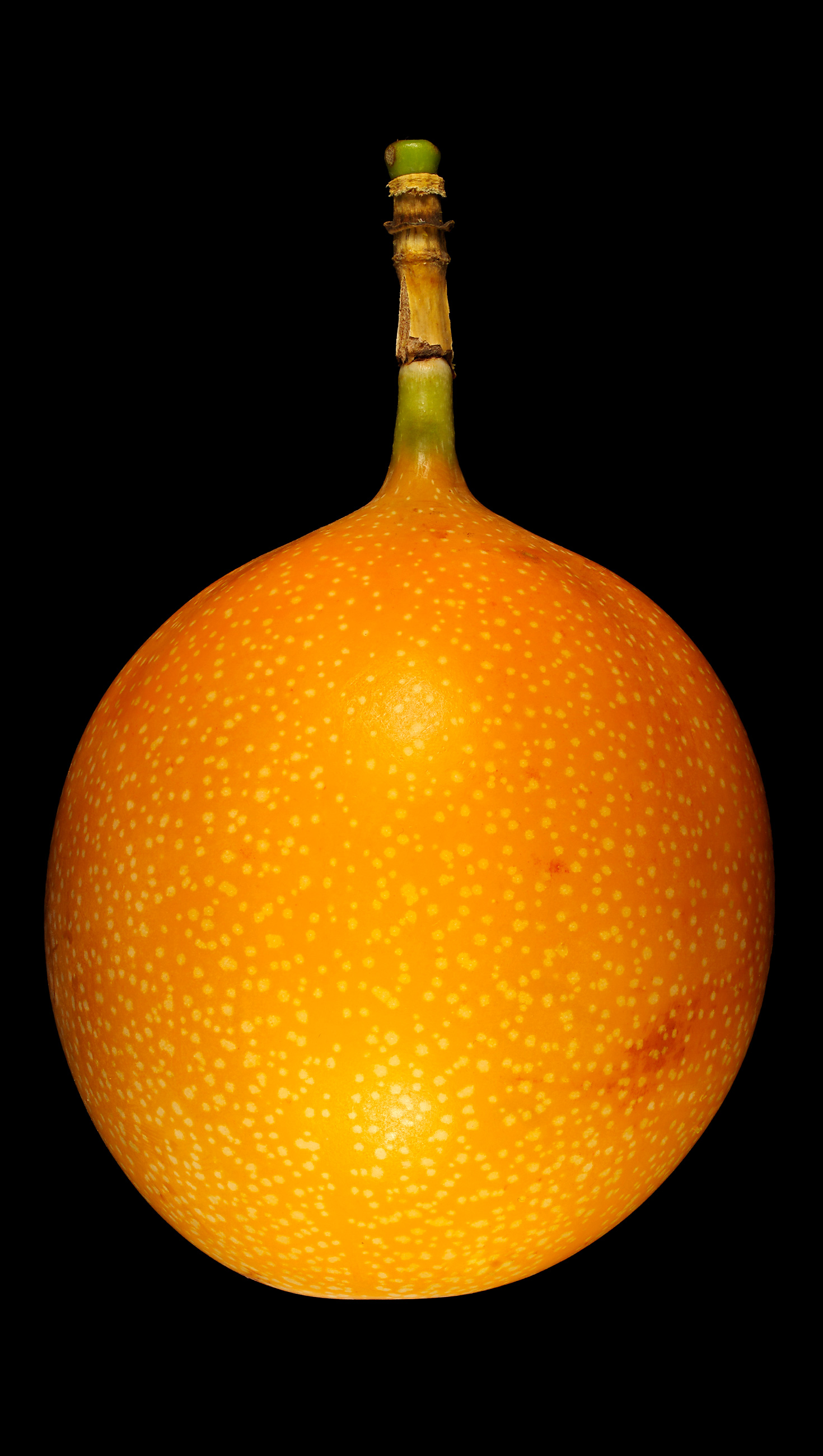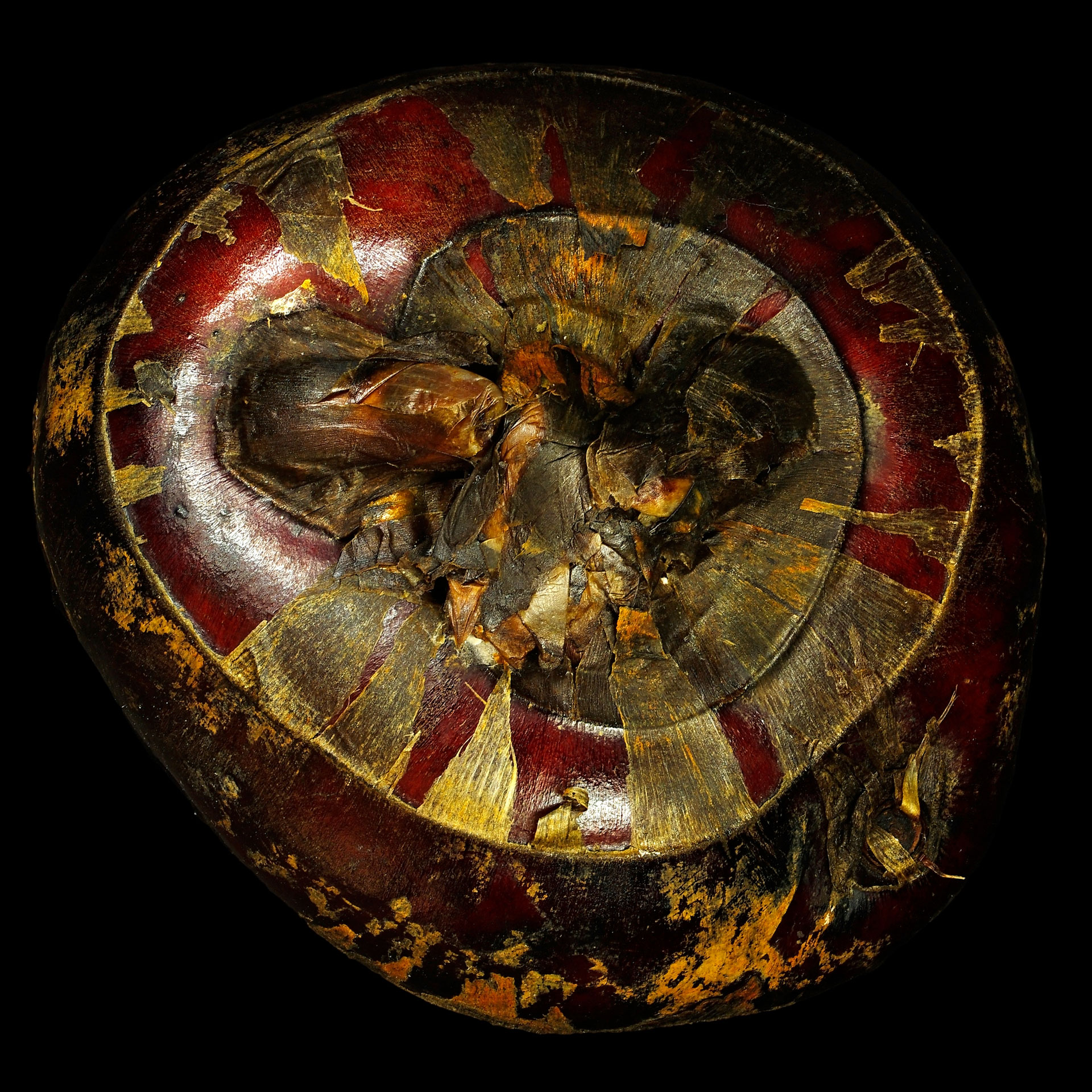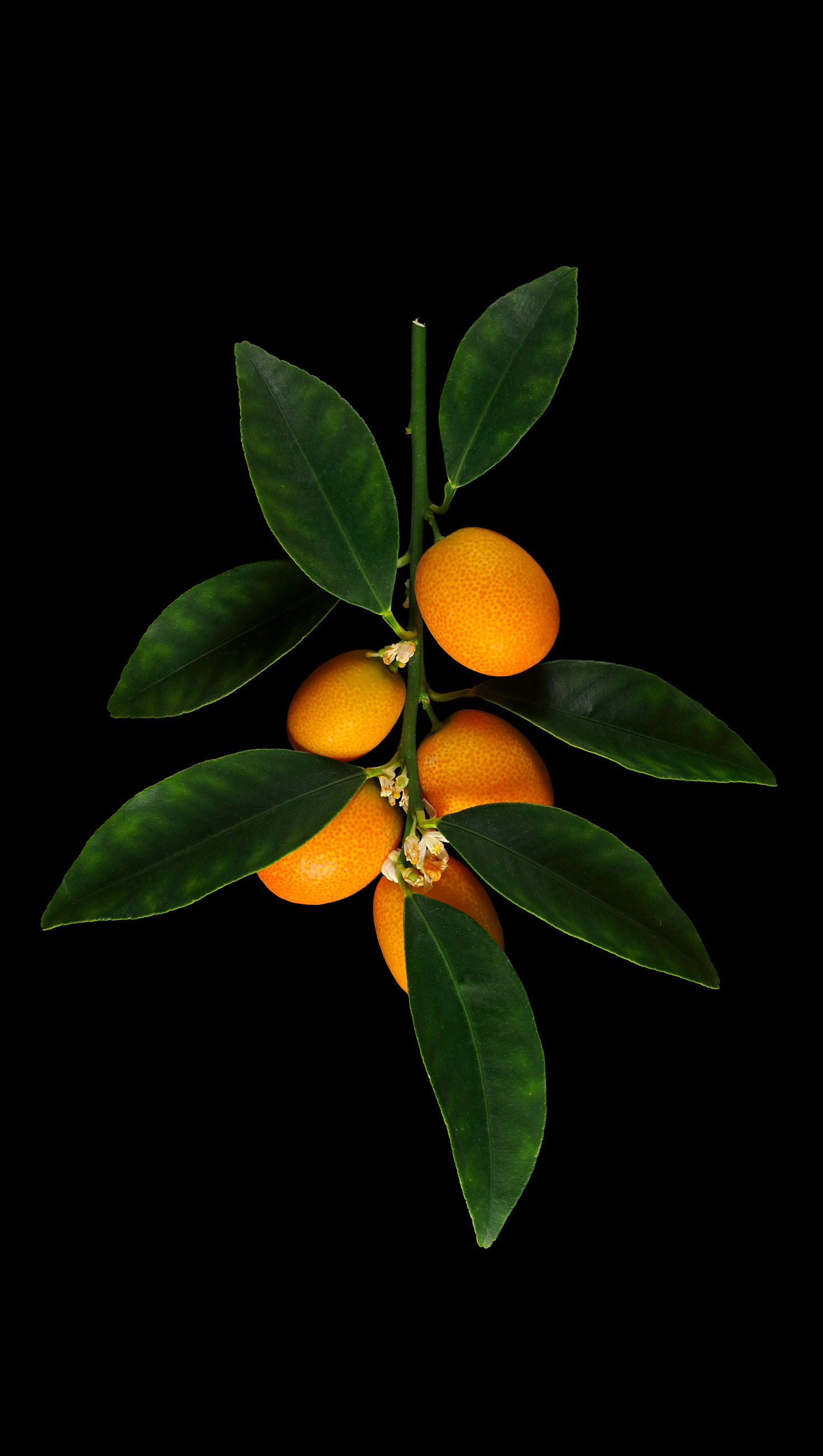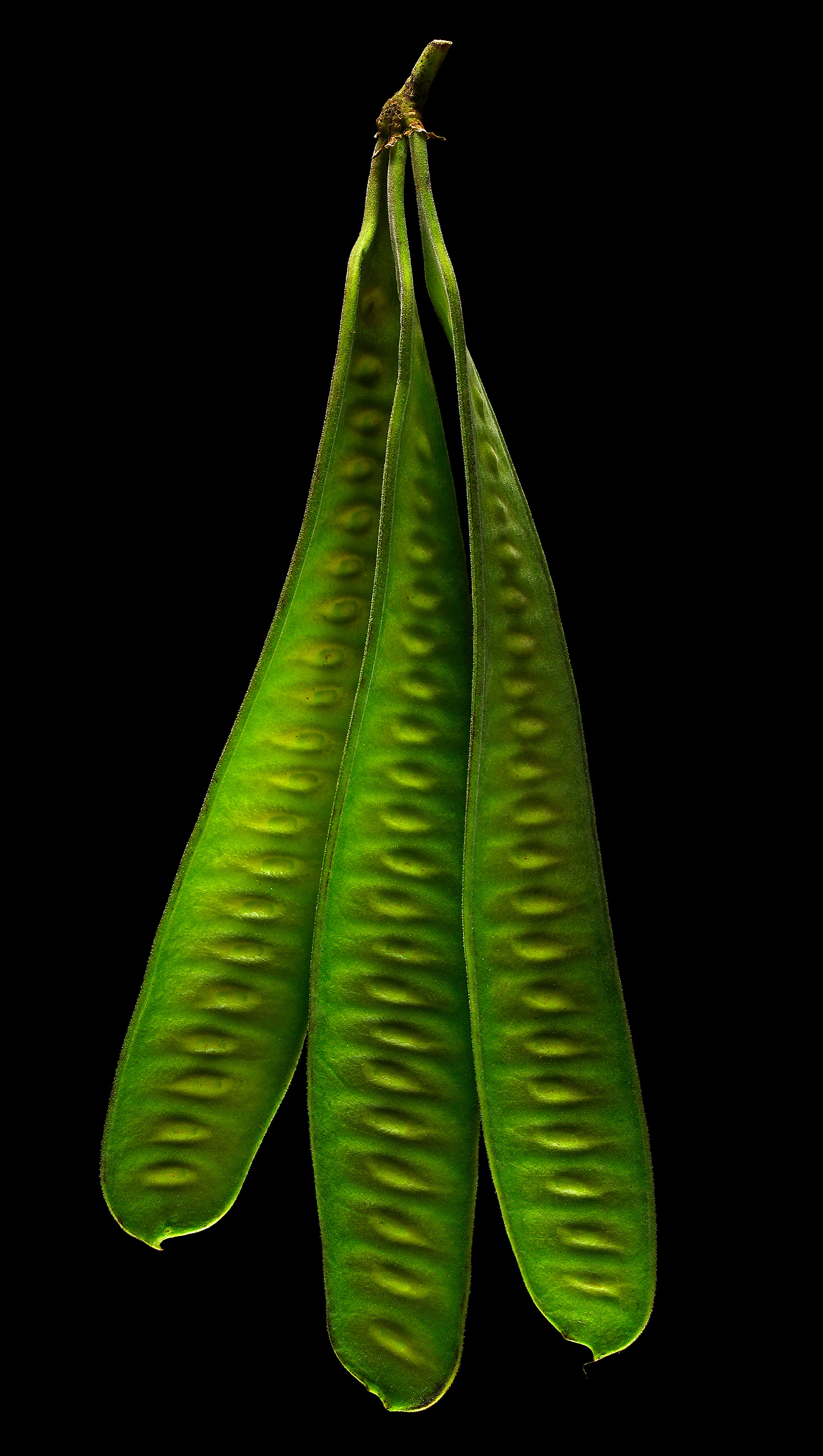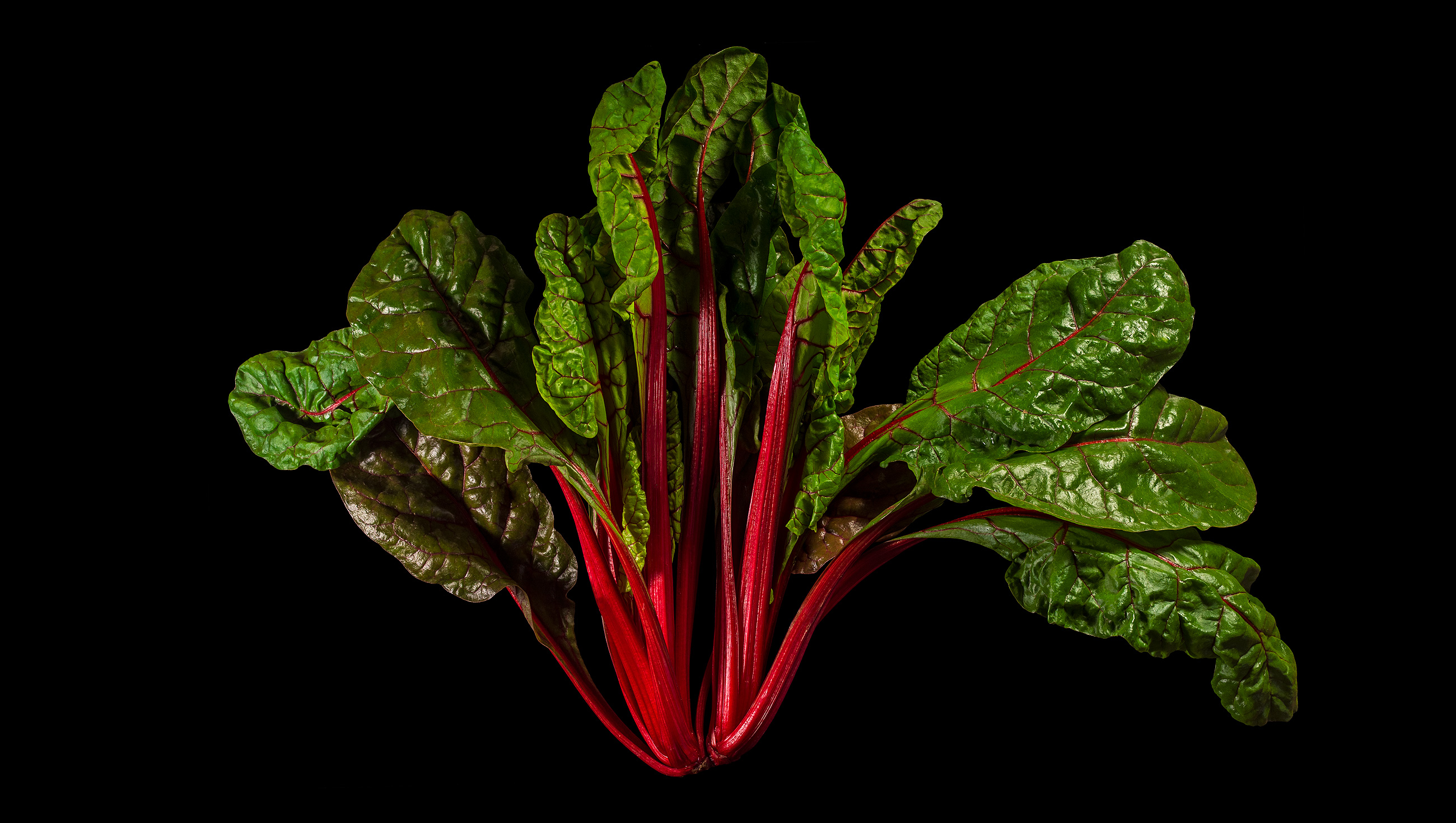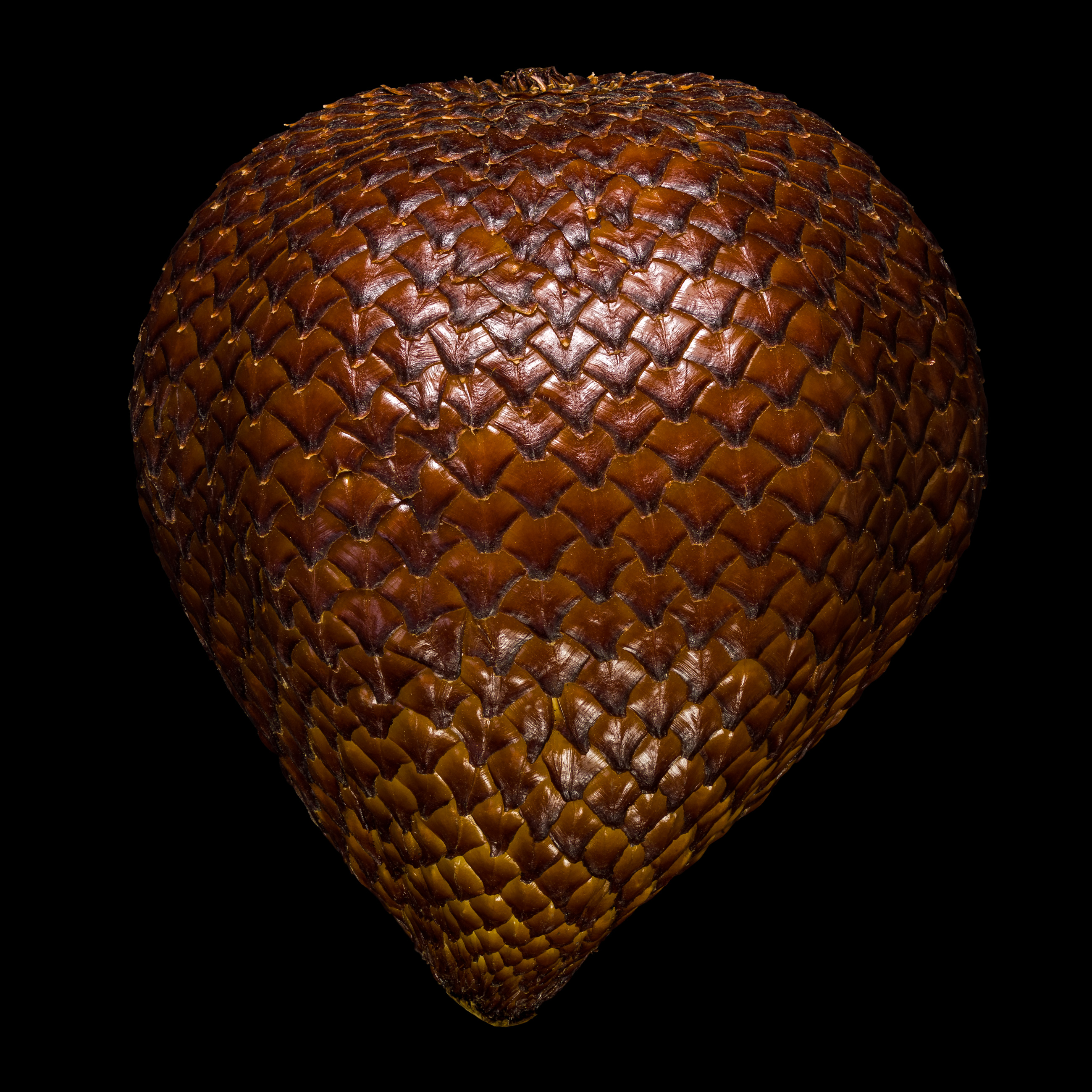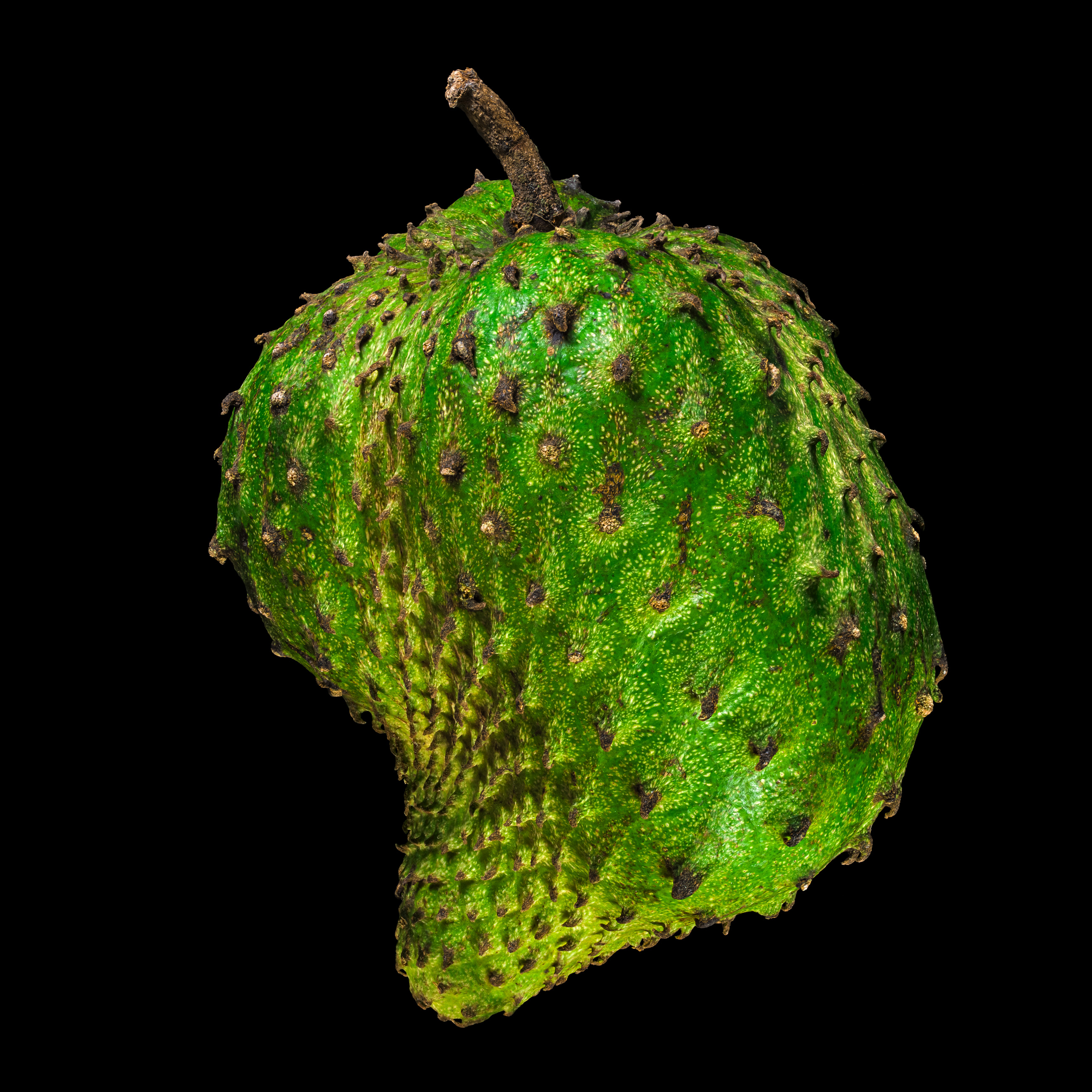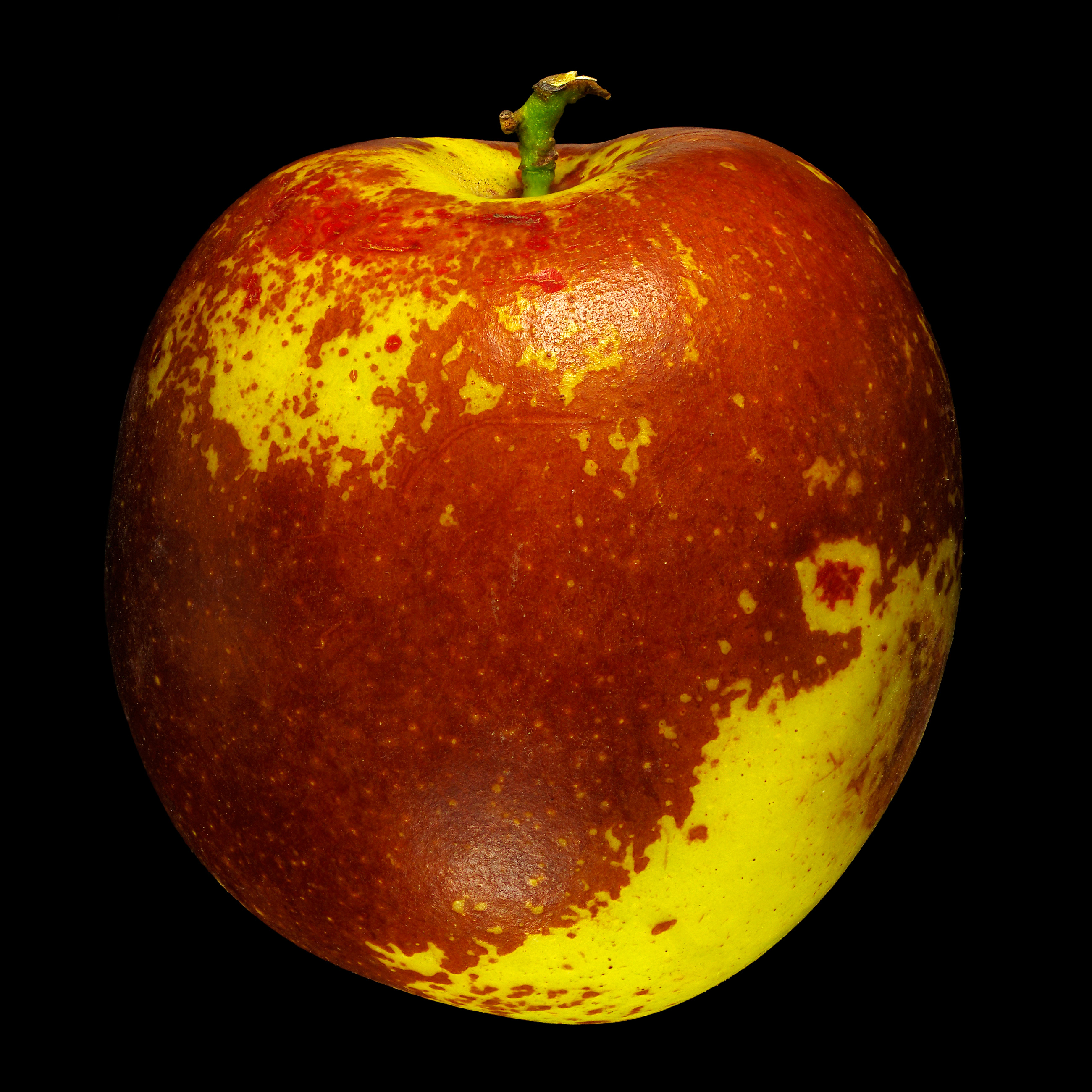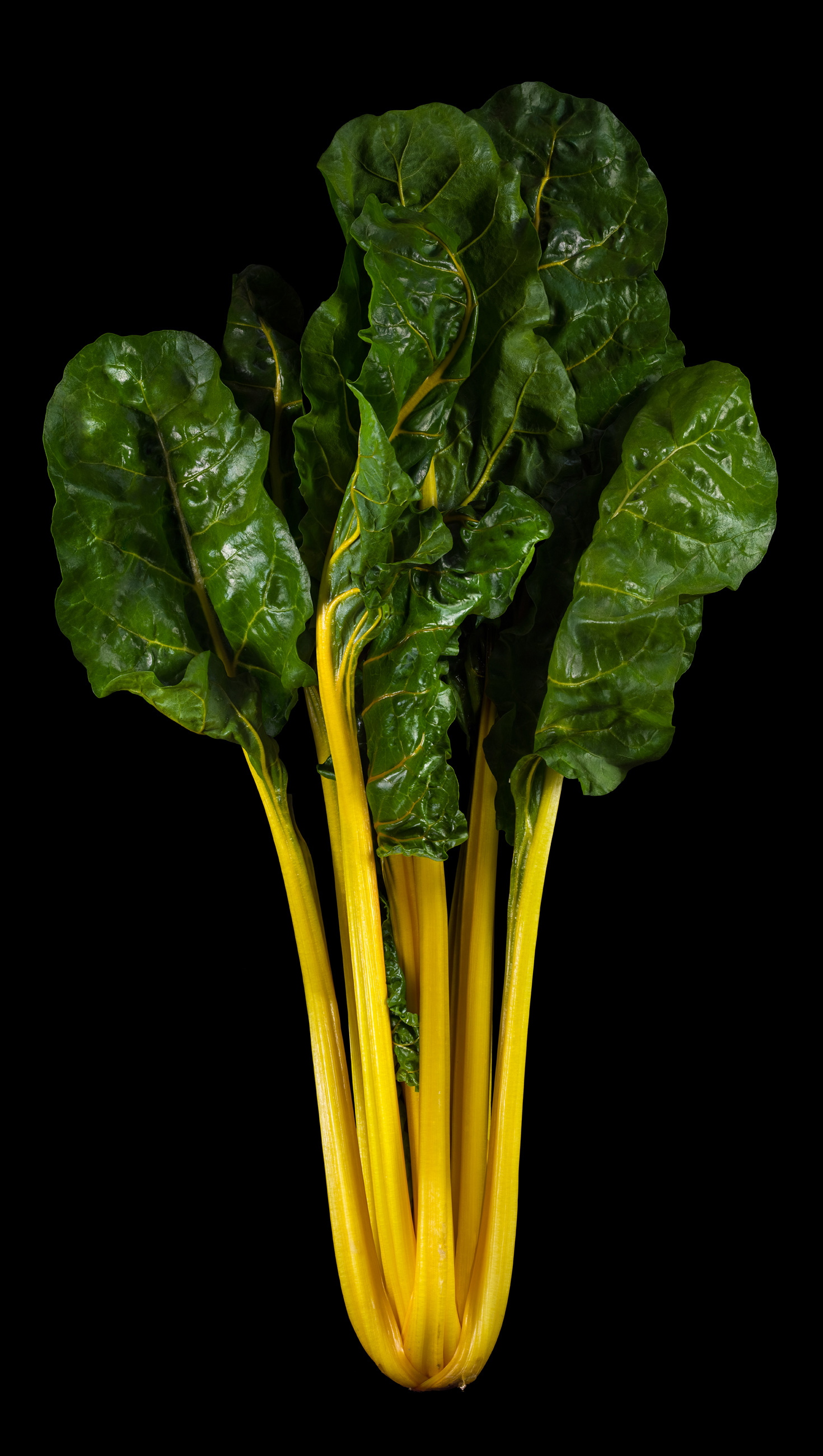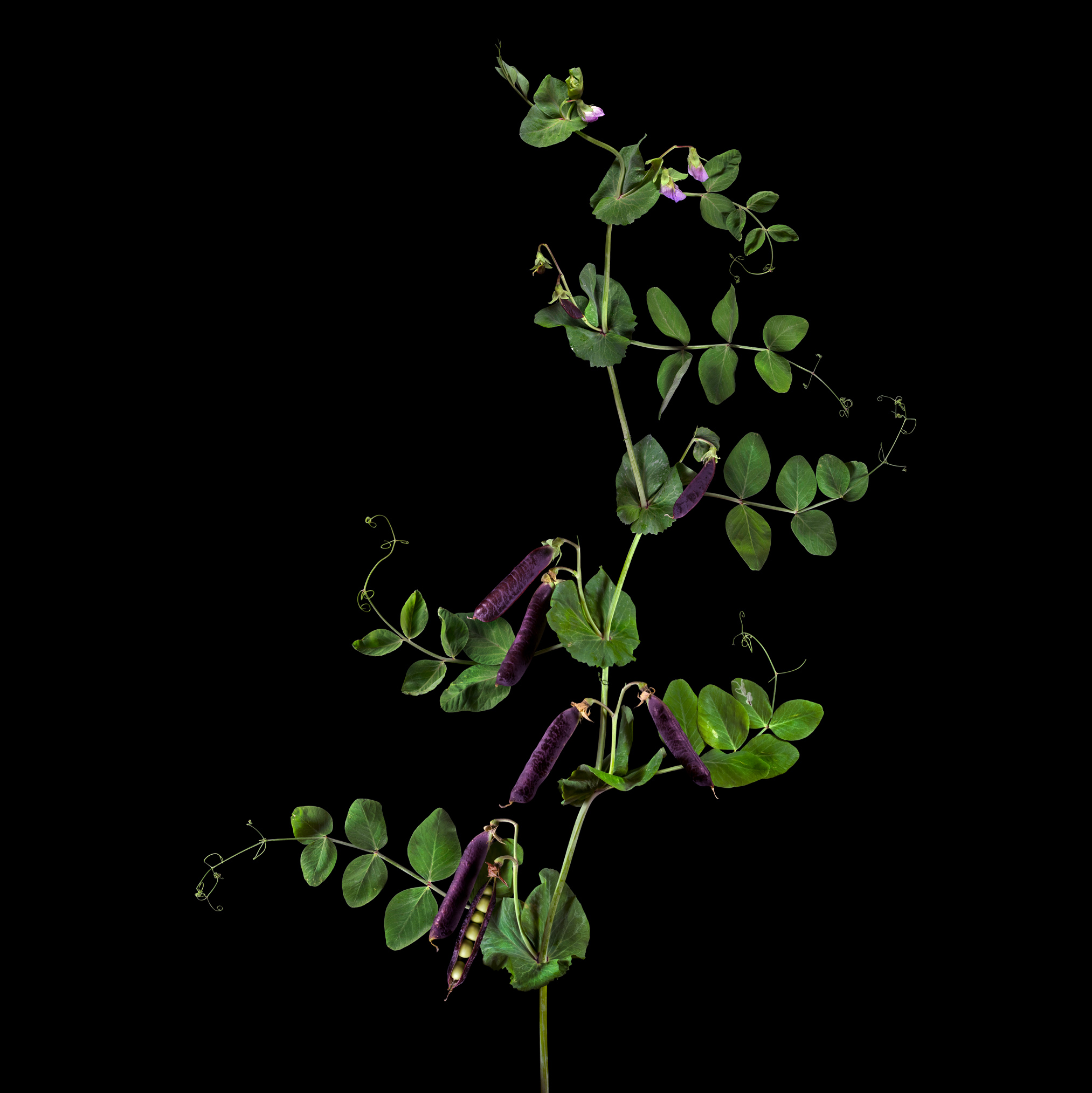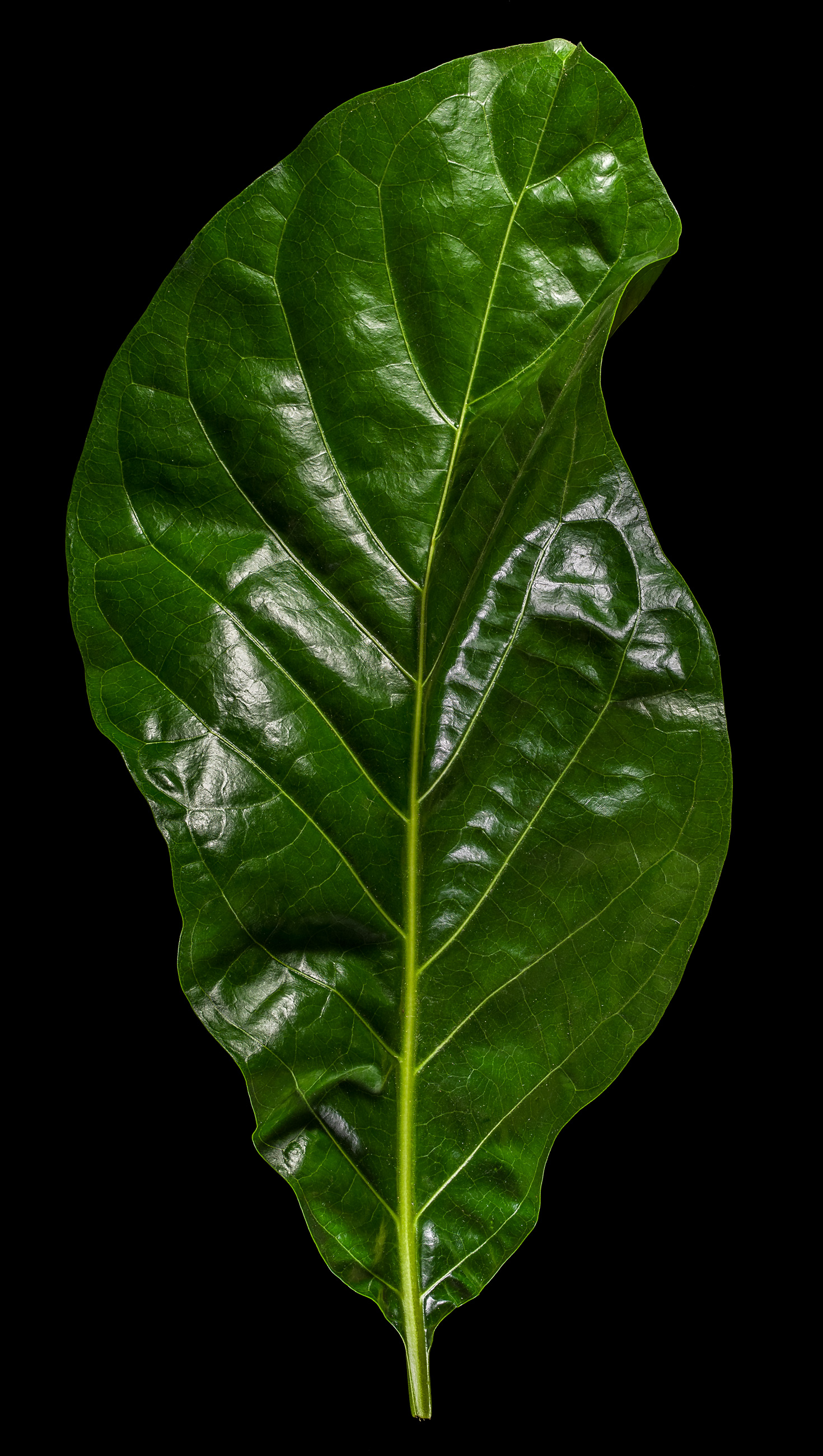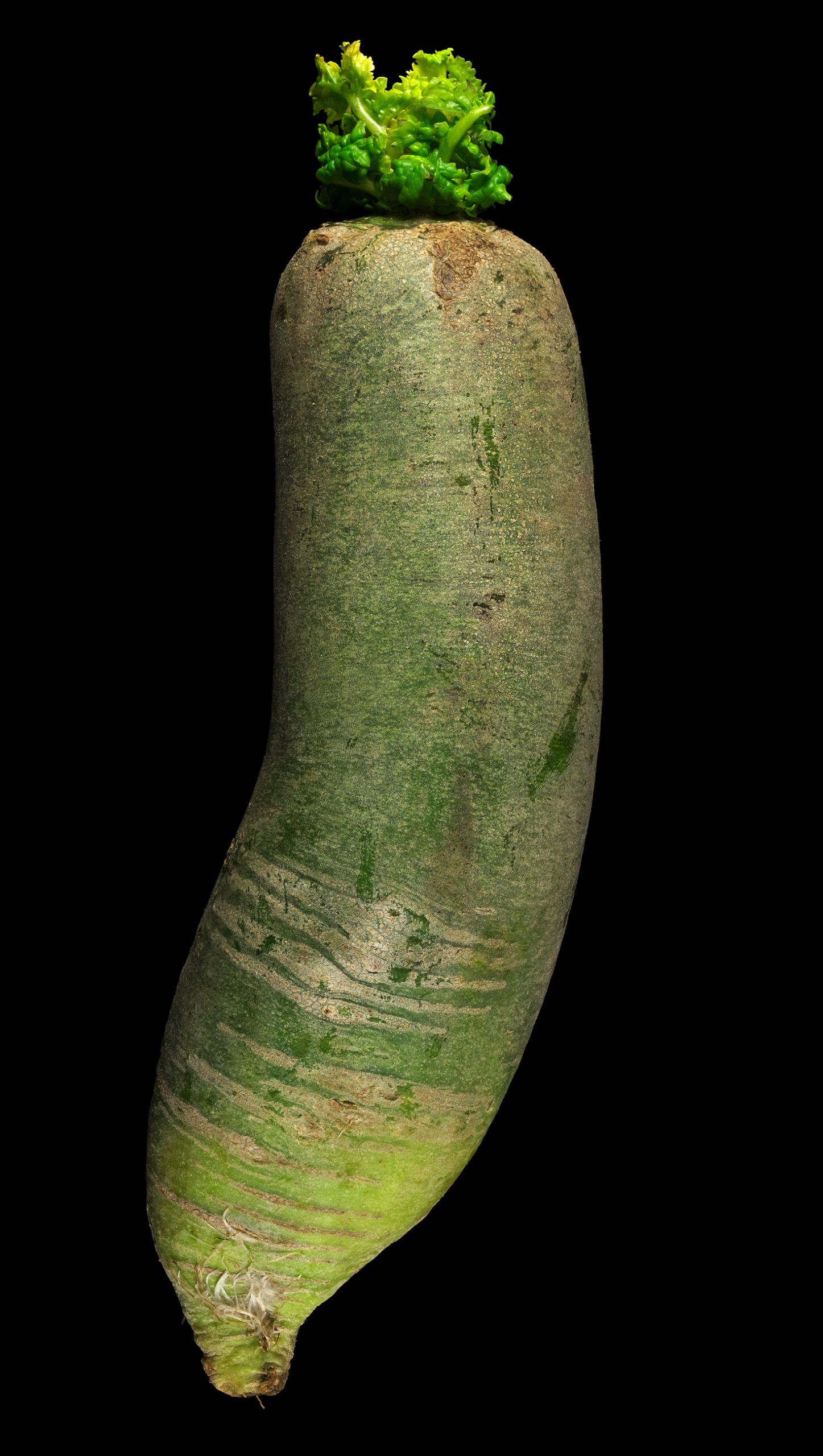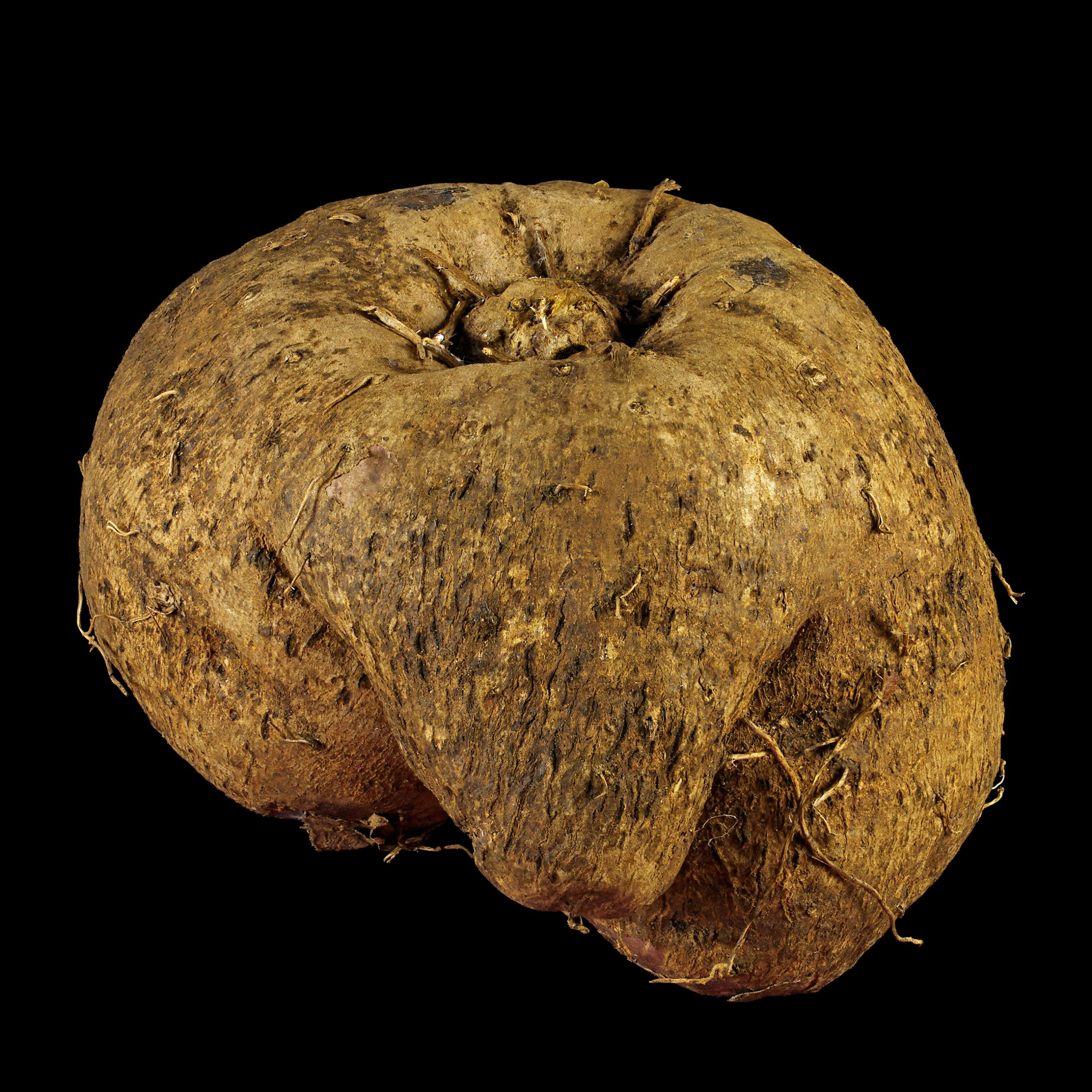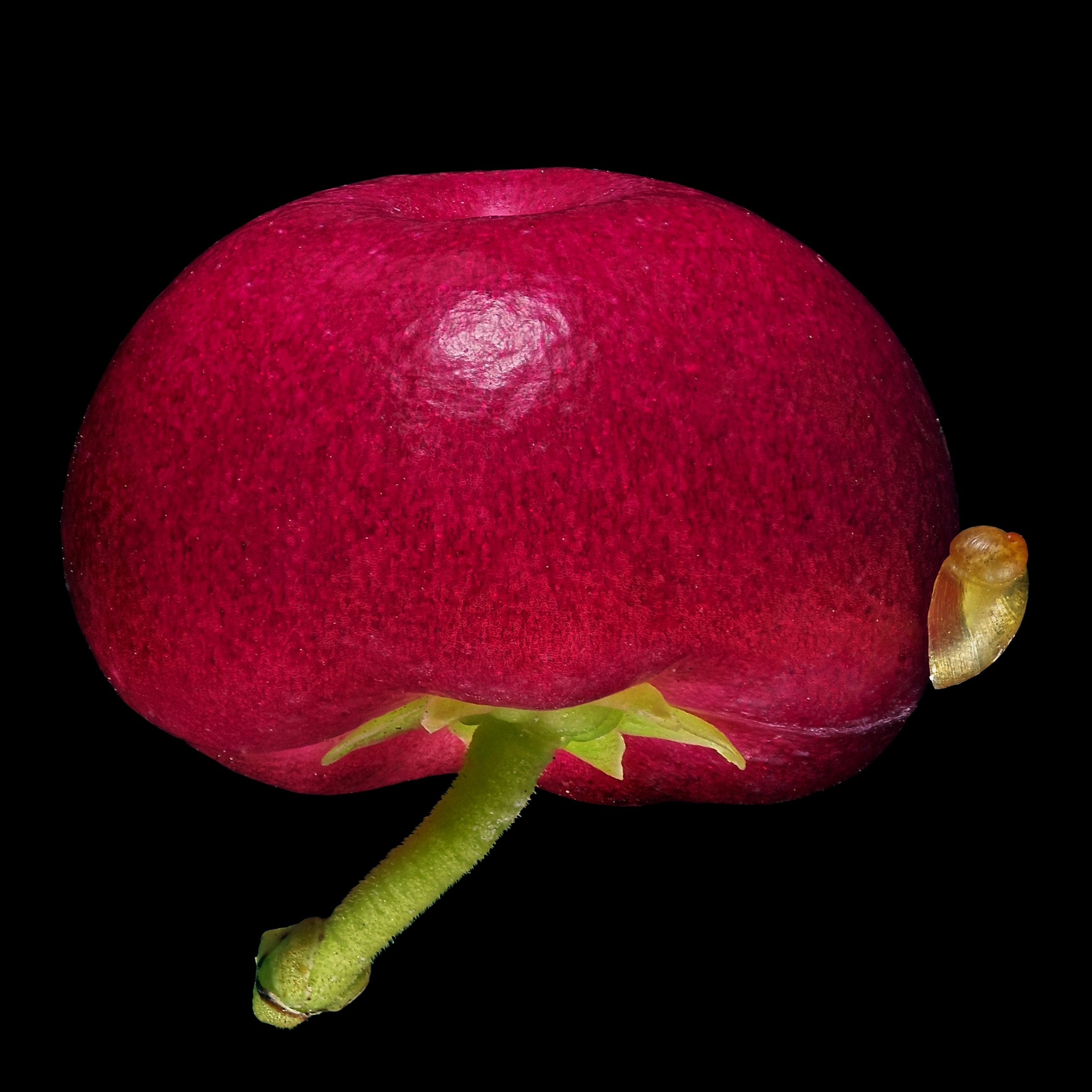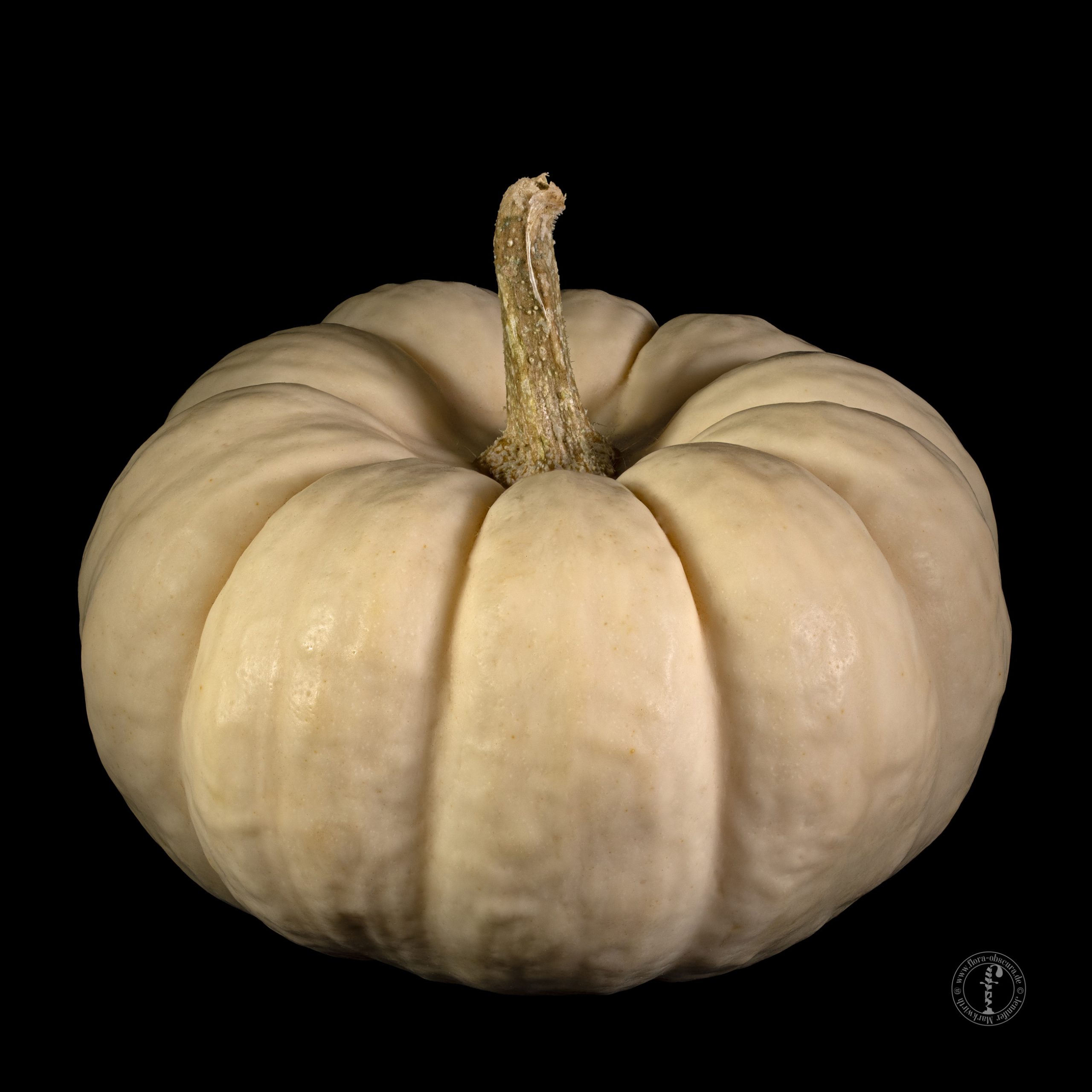Search Results for Market
Selected motifs in limited editions My hand-signed, limited edition fine art prints and other murals are best viewed at my exhibitions, listed below. Studio sales and shipping are also available upon request. Upcoming and ongoing exhibitions 16. November - 8.
The pitaya is best eaten fresh and raw. I like to spoon out the white, sweet fruit pulp from the halved fruit.
The texture and taste of the tubers are reminiscent of ripe coconuts.
Prints I offer selected motives in my shop („Gemüseladen„, German) as prints for sale. If you would like to purchase another motif as a print, please send me an e-mail. I will first check your desired picture to see if
When the fruit ripenes, it turns red, unfortunately it becomes also very mushy. The tindola, as the fruit of the ivy gourd plant is called, is eaten as a fruit-vegetable. Ripe fruits can be candied. In tropical Asia the young shoots are also eaten.
Jennifer Markwirth Botanical Fine Art Photographer. Digital Artist. Writer. Inspired by the (ethno-)botanical collections entrusted to her care and supported by the botanical gardens of Frankfurt, Jennifer Markwirth has dedicated herself since 2013 to botanical object photography with the theme
Under the light green skin of these large, still immature fruits is a white, firm fruit flesh, whose sticky latex quickly turns yellow.
I have only tried the approximately walnut-sized kernels, of which there are usually 3 to 4 in a fruit. They contain a lot of water and have a subtle, coconut-like, sweet taste.
In its consistency and fat content, the safou can best be compared to the avocado, but there is a lemon or lime-like aroma with a fine acidity.
he tuber cellar is a classic, spicy ingredient in stews and soups with a characteristic aroma.
The list of preparation options for eating chestnuts is long…
Flower sprouts taste milder than many other types of cabbage and require only a short cooking time.
It is cut into small pieces for seasoning, especially for salsas.
The leaves of the curry tree have a „heavy“ aroma, which gives vegetable dishes more substance.
The variety comes from Japan and is named after a Japanese tribe (隼 人, “Falcon-People”), who lived on the Kyūshū island during the Nara period.
All parts of the tree smell of garlic and are used locally as a spice. Leaves are cooked as vegetables.
Pomegranate juice is obtained from these fruits, which is then processed into pomegranate wine and grenadine.
Krachai is closely related to ginger and shares many of its properties as a spice, so that it can be used wherever ginger is needed.
The aroma of fresh pandan leaves reminds of vanilla, it is of a heavy sweetness and very intense.
Common belgian endive (with the yellowish to light green leaves) is much better known and more frequently found on the vegetable shelf than this violet variety.
The smaller, thin-peeled fruits of Meyer lemon taste very intense and are not as sour as many other varieties. At the same time, they are very juicy.
The long, immature capsule fruits of the horseradish tree are called “drumsticks” where they are used as fruit vegetables.
To open this fruit, I needed 2 large knives. A saw would have been better, but I didn’t have it at hand. When I spooned out the fruit, my spoon also broke.
Pine nuts are usually roasted briefly in a pan and added as a seasoning ingredient to rice dishes, pesto and stewed leafy vegetables. They are also used to make sweets.
Java apples are usually eaten raw as dessert fruit, but sometimes they also find their way into spicy dishes.
The rather large fruits are steamed, roasted, stewed and baked, they can be filled.
Unlike the grey-violet, roundish passion fruit (P. edulis f. edulis), this fruit of sweet granadilla is rarely used for the production of juices, but mainly as freshly eaten dessert fruit.
Water chestnuts are usually peeled and then cooked. When cooked, the white tuber tissue retains its crunchy consistency, reminiscent of firm apples.
Kumquats are eaten as a whole. They are sweet and tangy and very aromatic.
The unripe legume of the Leadtree are particularly appreciated in Southeast Asian cuisine, although the plant originally comes from Central America.
The slightly salty tasting leaves and stems can be eaten raw as salad or cooked, e.g. as spinach or sautéed.
The paper-thin skin hides a very firm, crunchy, yellowish-white flesh, which tastes very good when ripe and has an aroma reminiscent of mango, lychee or (remotely) durian.
The soursop is very similar to the cherimoya which is related to it, but it is even more sensitive to pressure and therefore rarely found on the market.
During the ripening process, the initially yellow fruit is covered more and more with reddish-brown spots until the whole skin is brown.
The slightly salty tasting leaves and leaf stems can be eaten raw as salad or stewed, cooked as spinach or sautéed.
Blauwschokker peas are mainly used as dry peas, less often fresh, although they taste sweet as long as they are harvested young and tender and are eaten immediately.
Bai-yo or noni leaves are rich in vitamin A and like the fruits they are also offered as superfood in various forms.
Green Luobo can be eaten raw and when cut into thin slices is a decorative addition to a salad.
The eponymous violet colour of the starchy storage tissue is striking, although it can also be white.
Many do not know that the fruits of prickly heath, which are usually white, can also be eaten.
The Baby Boo pumpkin is hardly bigger than an apple. The firm skin is white, the firm flesh rather cream-coloured to pale orange.



